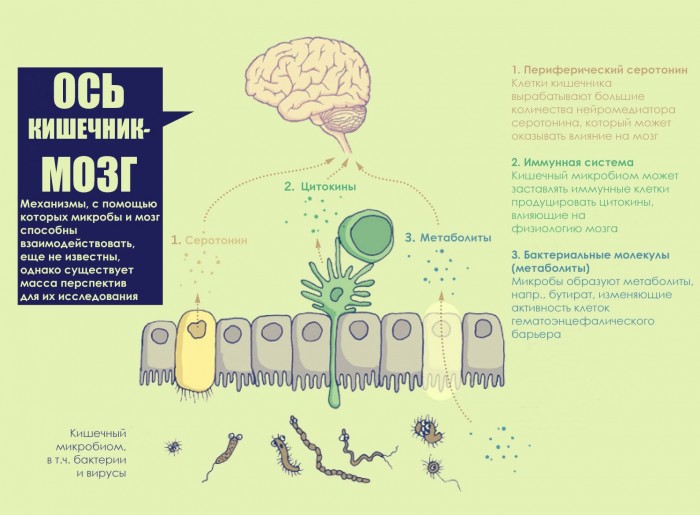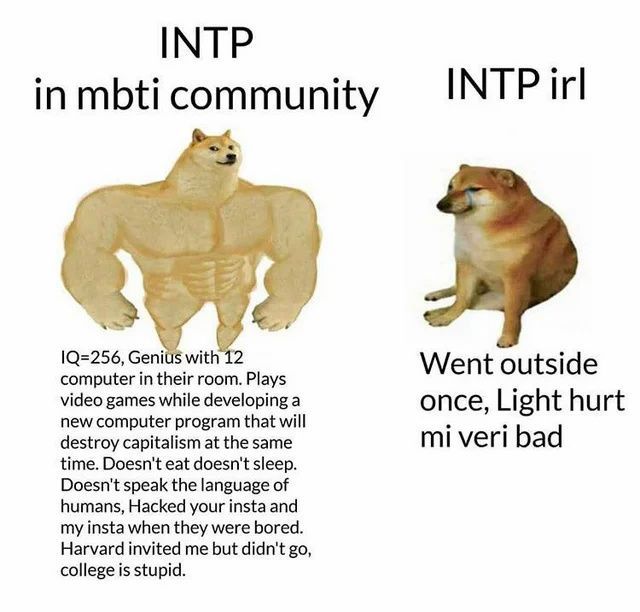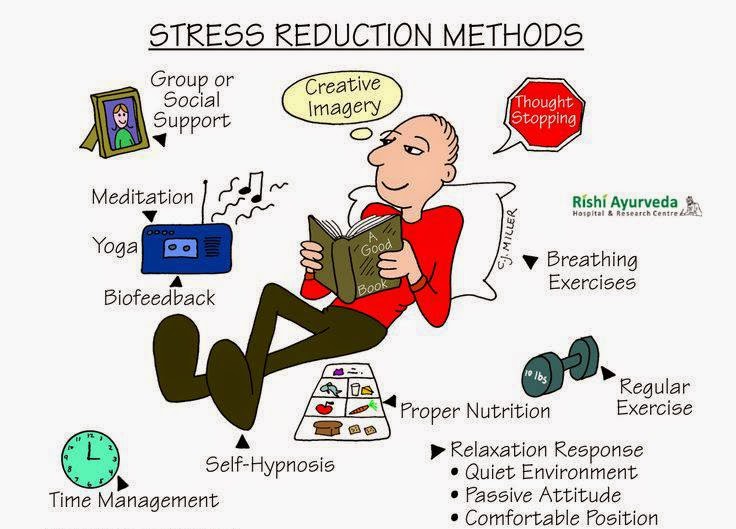Whole object relations
How Do You Develop Whole Object Relations as an Adult?
If you failed to develop whole object relations as a child, do not worry. You can develop it as an adult. You were born with the capacity to develop whole object relations and it is never to late to do so.
Let’s start with a definition of what I mean by “whole object relations.”
What is meant by whole object relations?
This is the ability to form an integrated, realistic, and relatively stable image of oneself and other people that simultaneously includes both liked and disliked aspects and also strengths and flaws.
If you do not have whole object relations, you can only see yourself and other people in a split and un-nuanced way as either all good or all bad. It is as if you had to sort all your experiences with yourself and other people into only two buckets: the all-good bucket or the all-bad bucket.
A lack of whole object relations and object constancy is characteristic of people who are diagnosed with personality disorders. For example, from an object relations theoretical point of view, the main difference between simply having narcissistic traits versus qualifying for a diagnosis of narcissistic personality disorder is based on the narcissistic person's lack of whole object relations and object constancy.
What makes the lack of whole object relations such a problem?
- It distorts reality.
This way of looking at people distorts reality. No person is all good or all bad. We are all a mixture of traits and behave differently with different people at different times.
- It leads to unstable relationships.
If you need to see people as all good or all bad, every time someone does something that does not fit into your current bucket, you will either have to deny reality and ignore what is happening or you have to switch them into the other bucket.
This means you could be seeing someone as all-good one moment and tell the person, “I love you” with great sincerity and then two minutes later, when they do something you do not like, now see the person as all-bad and with equal sincerity say, “I hate you. ”
”
- There are two separate irreconcilable histories.
When you are in the split state of seeing someone as all good, the entire history of imperfect bad moments in your past together becomes part of the unseen background. You respond to the person as if the person had always been all good. The same is true when you are seeing them as all bad. Now you ignore any evidence that the person has been good to you in the past and you have had many enjoyable moments together.
- It is accompanied by a lack of object constancy.
People who lack whole object relations also lack object constancy. Object constancy is the ability to maintain your positive feelings for someone while you are feeling hurt, angry, frustrated, or disappointed with their behavior. Without object constancy, every fight becomes a potential breakup.
So….how do I fix this?
Here are some methods that I use that can help you gradually develop whole object relations and object constancy by retraining your brain to see the good and the bad, the liked and the disliked at the same time. You can do the first three on your own. You will need a psychotherapist for the fourth method.
You can do the first three on your own. You will need a psychotherapist for the fourth method.
My experience had been that these methods can be adapted to work for almost anyone who seriously wants to achieve whole object relations and is willing to put in the work.
Method 1—The Emotional Scrapbook
This method is particularly good for visually-oriented people. It can be done in different ways with equal success, so please feel free to adapt it so it fits you better.
Step 1—Collect positive images
Choose a person who is emotionally important to you whom you would like to develop a more stable and realistic view of. While you are feeling good about this person, make a mental photo album filled with memories of times he or she did things for you that you appreciate, or was loving, and acted in ways that made you feel good.
Step 2—Run through the images
Go through these images repeatedly in your mind until you can bring them to mind easily.
Step 3—Practice
The next time you realize you are slipping into an all-bad image of the person, tell yourself to “Stop!” Then run through your set of positive images. Try and feel the good feelings associated with each image.
Do not worry if in the beginning you find yourself viewing the person as all-bad before you can catch yourself and begin to picture all the good things about this person. That is normal. Almost everyone has to work backwards. Eventually, you will get ahead of the curve.
Example: Lisa and her husband Don fought a lot in the first few years of their marriage. One moment they would be acting loving with each other, then Lisa would find something Don did annoying. She would tell him about it, and if he did not immediately apologize to her satisfaction, she would soon find herself thinking: What am I doing married to this idiot? What did I ever see in him? Maybe I should just leave?
When Lisa started working on gaining whole object relations, we used those thoughts as her cues that she was now seeing Don in an unrealistically all-bad way. Now when she finds herself thinking: I should leave him. What did I ever see in him? This situation is hopeless, she realizes that is her signal to start reviewing her mental pictures of Don’s good qualities and all the wonderful times the two of them have had together.
Now when she finds herself thinking: I should leave him. What did I ever see in him? This situation is hopeless, she realizes that is her signal to start reviewing her mental pictures of Don’s good qualities and all the wonderful times the two of them have had together.
As a result, Lisa appreciates Don more. They are fighting much less and resolving the fights sooner with less damage to their relationship.
Method 2—A Physical Scrapbook
Not everyone has a good visual memory. You can make a real scrapbook in which you put photos and mementos of your loved one that have a positive emotional meaning for you. Then, you go through the same steps as in Method 1. But..instead of visualizing the good moments, you look through your scrapbook to be reminded of your partner’s good points and your positive times together.
Method 3—The List
Step 1—Make a list of your partner's good points
This method is pretty simple. When you are feeling in a loving mood towards your partner, you make a written list of all the things that you like about him or her. It also helps to include nice things that the person has done for you in the past.
When you are feeling in a loving mood towards your partner, you make a written list of all the things that you like about him or her. It also helps to include nice things that the person has done for you in the past.
Keep this list somewhere handy, such as on your cell phone, or in your pocket or purse. If necessary, make copies of it and put them where you are likely to see them when you need it.
Step 2—Read your list every day at least once
Your goal here is to become very, very aware of what you value about this person. Continued practice burns it into your brain, so it can come to mind easily when you need it. This is like practicing an instrument every day so that one day you can pick it up and play well without having to think about it.
Step 3—Use your list
The next time you are in a fight or otherwise starting to only see your loved one’s bad side, read through the list. Try to get emotionally engaged with all the positive things on the list.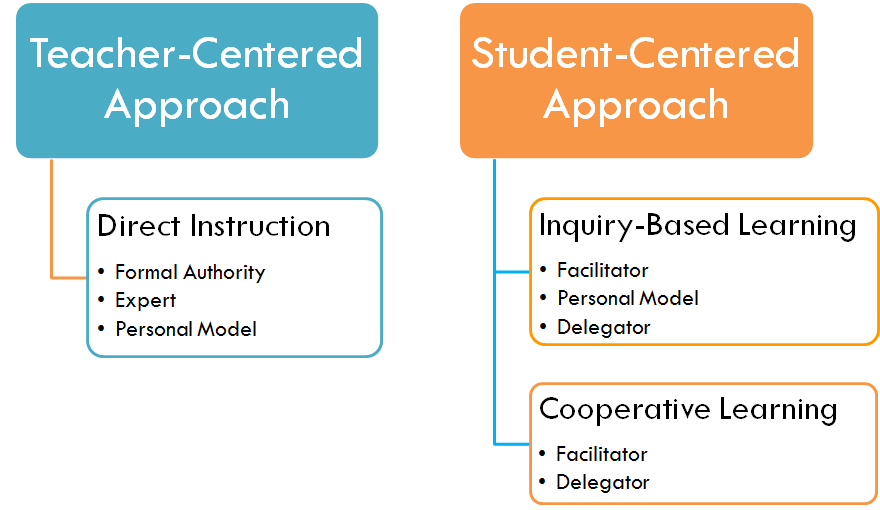 The goal is for you to consciously choose to switch your view from he or she is all-bad to he or she has many good qualities that you value.
The goal is for you to consciously choose to switch your view from he or she is all-bad to he or she has many good qualities that you value.
As with the prior methods, you are likely to find yourself having to walk yourself back from the brink of totally seeing your partner as worthless and the relationship a mistake.
You may want to reread your list every morning or just before you plan to meet up with the person. Reading it right before you see the person can help you stay more centered and aware while you are with the person.
Example: Jon initially thought that his girlfriend Nina was perfect. She was beautiful, smart, and doted on him. Unfortunately, Jon lacked whole object relations and as soon as he began to see things about Nina that he did not like, he would get very disappointed and draw back emotionally from the relationship. This would lead to fights, which made Jon even more disappointed.
Fortunately, Jon was in his 40’s and had been through this cycle many times before.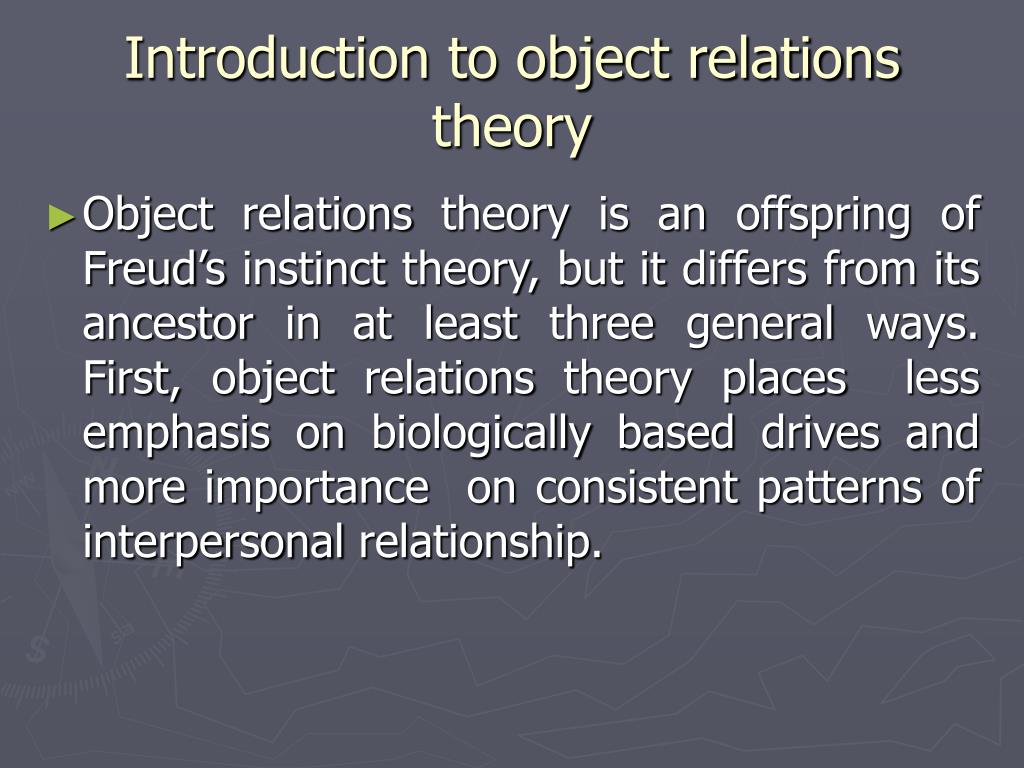 This time he wanted to fight for the relationship. He entered therapy with the goal of finding a way to make this relationship work. In the first session he said:
This time he wanted to fight for the relationship. He entered therapy with the goal of finding a way to make this relationship work. In the first session he said:
This is not my first time at the rodeo. I have been here before with many women. Each time I start out thinking that I have finally found “the one.” Then I start seeing her flaws and I get disenchanted, break up with her, and go looking for someone better.
I realize that this time I have a “keeper.” I don’t want to lose Nina. I know the problem is me. As soon as we have a disagreement, I start backing away from her. I am lucky she hasn’t simply left me. What do I need to do?
Jon liked the idea of “The List Method” because he found it easy to note lots of positive things about Nina. He made multiple copies and put them everywhere. He taped one to his mirror, the door to his refrigerator, next to his phone at work. He carried one in his pocket.
He decided to tell Nina about his problem and what he was doing to fix it. Nina really did care about Jon and she thought what he was trying to do was great.
Nina really did care about Jon and she thought what he was trying to do was great.
They went through a period where in the middle of a disagreement, Jon would say: Let’s press pause. I need to get out my list. This eventually became a private joke between them. Sometimes Nina would say: I think we need the list now, and they would stop and laugh.
Nina made her own list of Jon’s good points and during a fight, she found that reading him what she liked about him was an effective way to remind him of her love for him.
After Nina started reading her list to him during fights, Jon realized that hearing her list worked as well as reading his list. He started noticing when he felt insecure or hurt by her and, instead of automatically withdrawing emotionally, he now felt comfortable enough to tell her: I think I would like to hear your list again.
Method 4—Rupture and Repair
This method is an adaptation of the British psychoanalyst D. W. Winnicott’s concept of “good enough mothering” that he introduced in 1953. Winnocott believed that babies actually benefit from slightly imperfect mothering. If there is an occasional gap between what the baby needs and what the mother supplies and this gap is not too great, it will lead the child to try to do more on his or her own.
W. Winnicott’s concept of “good enough mothering” that he introduced in 1953. Winnocott believed that babies actually benefit from slightly imperfect mothering. If there is an occasional gap between what the baby needs and what the mother supplies and this gap is not too great, it will lead the child to try to do more on his or her own.
As long as the mother is dependable and meets the baby’s needs often enough in a timely fashion, this leads to the child internalizing the idea that people are basically good and can be depended on. It also helps develop a certain amount of frustration tolerance for those times when the other person is not meeting the child’s need. One can think of this as setting the stage for the child’s later development of whole object relations and object constancy.
This concept can be adapted to therapy in a slightly modified way as the “Rupture and Repair” method of achieving whole object relations.
The “Rupture and Repair Method” is best done in psychotherapy with a psychotherapist who understands the concept of rupture and repair or is willing to learn about it.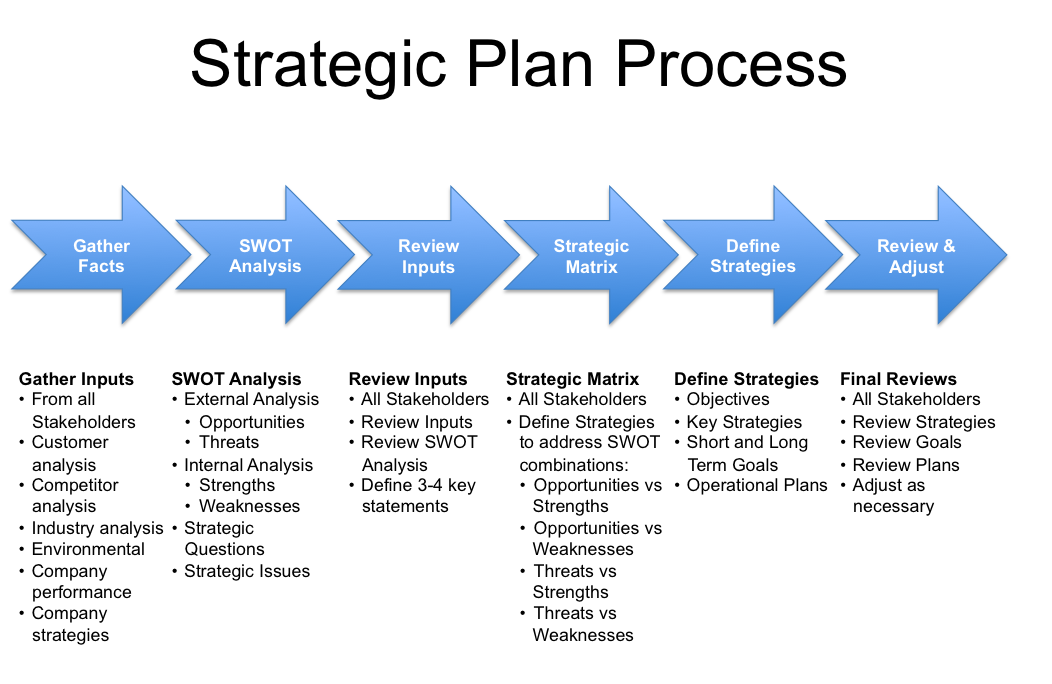 Here is how it works:
Here is how it works:
Step 1—The Client Complains
The Rupture: Inevitably, even in the best therapy, there will be times when clients who lack whole object relations become annoyed with their therapist. If the therapy has gone well up to that point, there will be sufficient positive things that have happened that the client complains, instead of just quitting therapy. During the rupture, the therapist is now seen as all bad.
The Repair: If the therapist listens to the client’s complaints without becoming defensive and if the therapist takes responsibility for his or her part in creating the rupture, repair is possible.
Example: When I was a young therapist, I had a narcissistic client who asked to use my bathroom. I, of course, said “yes” and waited for him to return. When he returned, he started screaming at me:
Client: How could you do that to me? Your bathroom is disgusting!
I had no idea what he was talking about.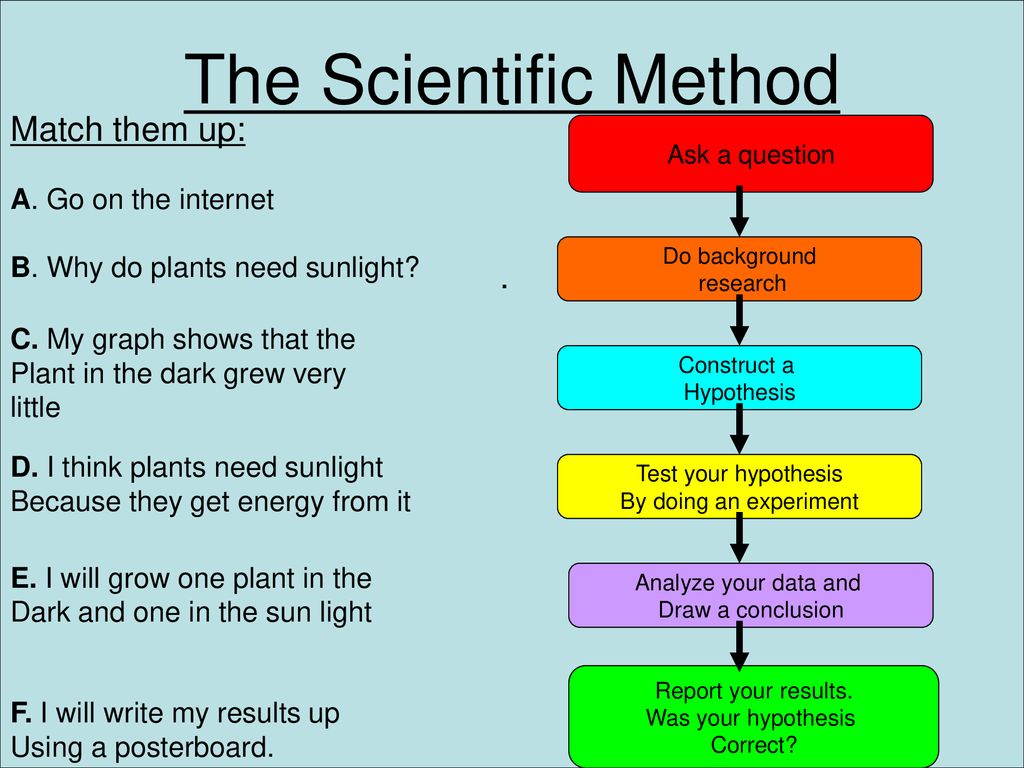 So I said:
So I said:
Me: I’m sorry. I don’t know what has upset you. Please tell me about it.
Client: Well, you should know. It was humiliating! I washed my face in the sink and stood there looking for a paper towel and all there was were terry hand towels that other people had already used to wipe their hands on.
Me: Oh. I see your point. It is a very small bathroom and it didn’t occur to me that people would mind using hand towels. I am sorry it was such a bad experience for you.
Client: Well, it should have occurred to you.
Me: I wish it had occurred to me. I will try and come up with a better solution.
After I acknowledged his feelings again, my client calmed down and we were able to continue the session.
This client was very demanding and devaluing and sometimes I had no idea how to meet his needs. I was often caught off guard by how angry he would become at me over what seemed like fairly trivial things.
The above interaction was repeated over and over again in many different ways. I tried to meet his needs as much as possible, and when I could not or would not, I tried to always acknowledge his point of view.
He was a very difficult client for me, but he did very well in therapy. In retrospect, I now understand what made his therapy a success. By dealing with these seemingly trivial complaints, we were really healing small ruptures. A significant part of his therapy was about “ruptures and repairs.”
Eventually, we had done enough of them over a few years, that he began to see me as the equivalent of “a good enough mother” and he developed a more realistic, stable, and integrated view of me and the ruptures became fewer and less important to him. This was a major step forward for him towards developing whole object relations and object constancy.
Punchline: If you did not have the type of childhood that helped you develop whole object relations and object constancy, you can develop them as an adult. Like anything else worth doing, it will require some persistence and hard work. The good news is that once you develop these capacities, your self-image and your relationships will automatically become more stable. And, even better, you will no longer qualify for a personality disorder diagnosis.
Like anything else worth doing, it will require some persistence and hard work. The good news is that once you develop these capacities, your self-image and your relationships will automatically become more stable. And, even better, you will no longer qualify for a personality disorder diagnosis.
Adapted from a Quora post.
Object Relations Theory Of Personality Disorders
We previously introduced the theorist and researcher Otto Kernberg, MD in our discussion of dimensional alternatives to the DSM's categorical, diagnostic system. Dr. Kernberg is an object relations theorist. He is one of the more influential voices today on the subject of severe personality disorders. In order to understand his work, it is helpful to understand the object relations theory upon which it is based.
According to object relations theory, beginning during infancy, people develop "internal representations" of themselves and of other people. Representations of the self ultimately give rise to what is popularly known as the "self-concept. " Similar representations form as a means of organizing knowledge of other people. Though these representations are of people, the psychodynamic tradition is to refer to them as "objects" thereby highlighting the distinction between two people; the person of the self who is the observer, and the person being observed, the object. Thus, a person's internal representations of self-and-other (self-and-object) and their representation of how self-and-other get along are collectively known as internal object relations. These object relations are seen as the building blocks organizing people's internal life, including their motivations and behavior.
" Similar representations form as a means of organizing knowledge of other people. Though these representations are of people, the psychodynamic tradition is to refer to them as "objects" thereby highlighting the distinction between two people; the person of the self who is the observer, and the person being observed, the object. Thus, a person's internal representations of self-and-other (self-and-object) and their representation of how self-and-other get along are collectively known as internal object relations. These object relations are seen as the building blocks organizing people's internal life, including their motivations and behavior.
The information stored within internal object relations includes the emotional tone of those relations; i.e., the emotional tone of what it is like for the self-and-other to interact with each other. Though many emotions may occur within the context of a given relationship, there is generally a dominant tone, or "affect" which reflects the way each relationship usually feels.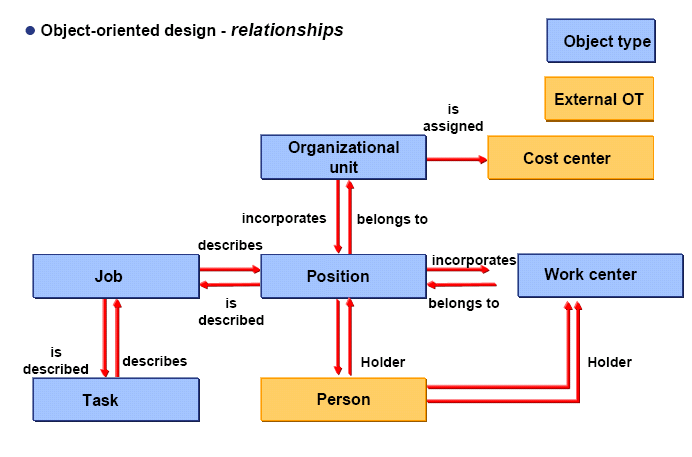
As infants interact with their caregivers, they begin to form internal object relations to represent these interactions. This experience is stored along with the intense emotional states that accompanied these interactions with the "object" (caregiver). It is assumed that infants do not yet experience nuanced emotions so these emotional states are generally of extreme pleasure or extreme displeasure. It is during these intense emotional states that infants develop a representation of self in relation to the other person (object). Depending on how such interactions go, these representations can take different forms. An example would be a representation of a terrified, weak self (the child) and a powerful, threatening object (the caregiver) linked together through the affect of fear.
Explore Your Options Today
Although object relationships are based upon actual interactions, they are not necessarily realistic and unbiased records of those interactions. Instead, they combine early impressions and memories, with fantasized interactions with others.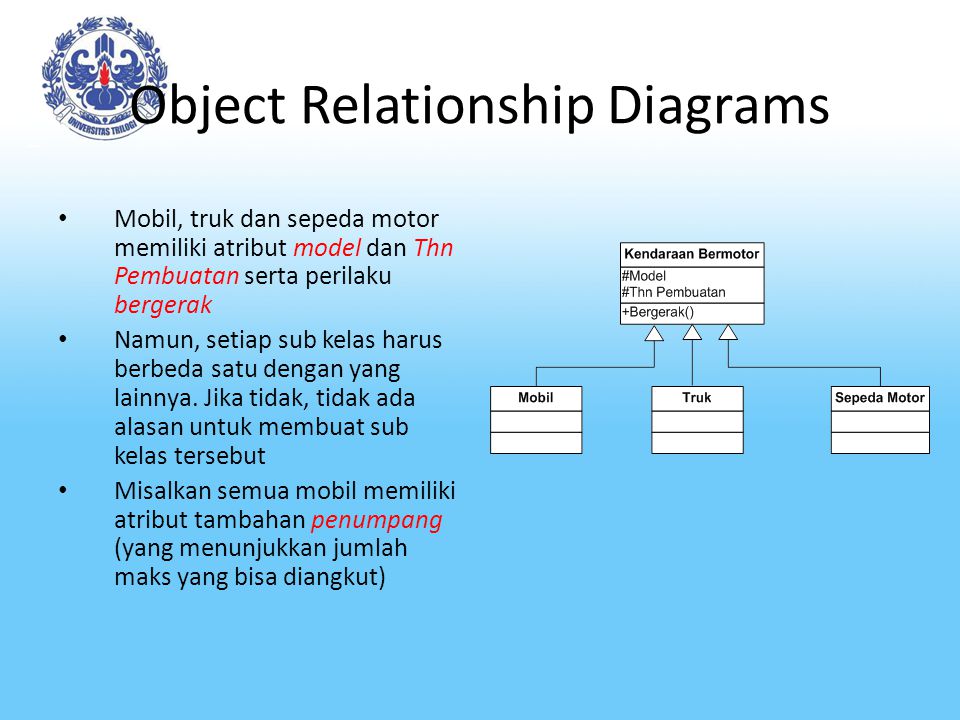 The factual and fantasized information become blended together, all organized according to the dominant affect that is characteristic of that relationship. Once formed, these object relationship pairs (self-other dyads) function as templates through which later relationships may be understood. These internal object relation dyads are activated in future relationships and influence, or even determine, how people will experience and relate to others. Thus, they function as a sort of lens which colors people's perceptions and expectations of their future relationships.
The factual and fantasized information become blended together, all organized according to the dominant affect that is characteristic of that relationship. Once formed, these object relationship pairs (self-other dyads) function as templates through which later relationships may be understood. These internal object relation dyads are activated in future relationships and influence, or even determine, how people will experience and relate to others. Thus, they function as a sort of lens which colors people's perceptions and expectations of their future relationships.
In very early stages of infant development, it is thought that positively-toned object relationships get built up separately from those associated with negative affect. Thus, an infant would be expected to have two separate object representations for each object; for instance, a good mommy object to store positively-toned affects and a bad mommy object used to store negatively-toned affect. Over the course of normal childhood development and maturation, these two polarized representations would normally be expected to integrate into a single, more complex object representation containing both positive and negative affects associated with mommy.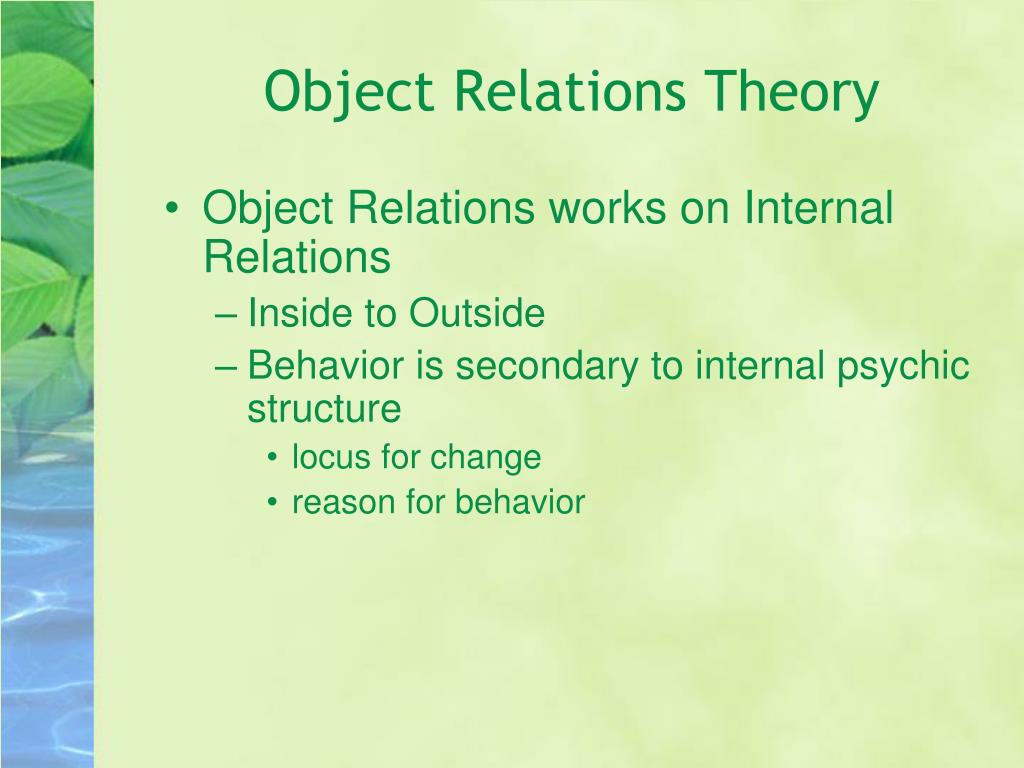 In other words, it becomes understood that "good mommy" and "bad mommy" represent the same person. Thus they become integrated into a single representation. However, in some cases, this integration does not occur. This lack of integration sets up a foundation upon which a personality disorder may occur.
In other words, it becomes understood that "good mommy" and "bad mommy" represent the same person. Thus they become integrated into a single representation. However, in some cases, this integration does not occur. This lack of integration sets up a foundation upon which a personality disorder may occur.
Myndfulness App
Designed to Help You Feel Better Daily
Download Now For Free
Learn More >
The concept of object relations.
Objective relations - is the emotional connection between a person and others, expressed in the feeling own ability to love and takes care of the other, in balance with interest in love to yourself.
The system of psychological views, based on the postulate, according to which the psyche consists of elements taken from external, primary aspects of other people's functioning. This happens through the processes internalization. This mental model explains mental functions in terms of view of the relationship between different internalized elements. nine0011
nine0011
The concept of object relations is used in many theories:
1) motivation relationships;
2) development relationships from primitive in childhood age to complex mental functioning in an adult;
3) in the theory of structural aspects or individual patterns relationships that characterize individual.
First time attention these theories were attracted by the work of Klein, Fairbairn, Winnicott and Bolint; them object relations theory led to creation of the British school of psychoanalysis. Others also contributed researchers - Kernberg, Löwald, Meisner, Modell, Schaefer, Stoporov, Kohut and Sandler. Some of these theories stem from from Freud's own observations regarding the influence of objects on the development of I. Some theorists, in particular Kernberg, attempted to combine various aspects of object relations theory with classical Freudian theory. nine0011
In object theory relations (O.F. Kernberg, M. Klein, M. Mahler, A. Freud, W.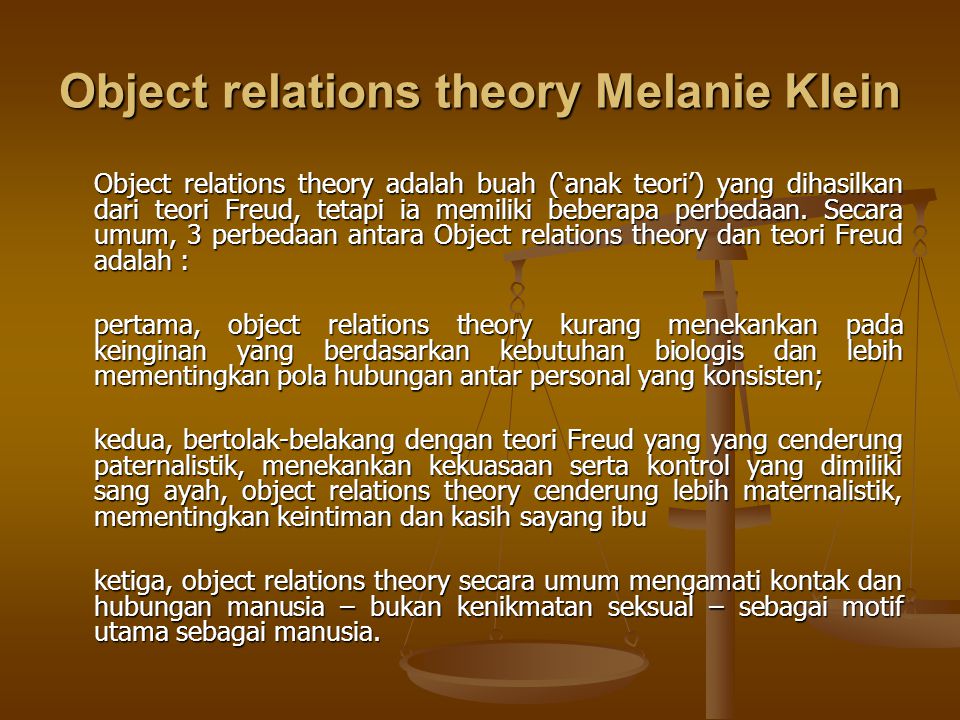 Fairbairn, E. Jacobson) It is argued that the main motive life is the human need for establishing satisfactory relationships. From this theory mental apparatus (Ego, Super-Ego, Id) emerges in the earliest stages internalization of object relations. Development phases of internalized object relations, namely: normal autism, symbiosis, separation-individuation, object constancy, reflect the most early structures of the mental apparatus. Primary libidinal and aggressive instinctive drives in progress development is gradually changing consistently dominating oral, anal and phallic erogenous zones, and play an important role in shaping mental structures and functions of the child. nine0011
Fairbairn, E. Jacobson) It is argued that the main motive life is the human need for establishing satisfactory relationships. From this theory mental apparatus (Ego, Super-Ego, Id) emerges in the earliest stages internalization of object relations. Development phases of internalized object relations, namely: normal autism, symbiosis, separation-individuation, object constancy, reflect the most early structures of the mental apparatus. Primary libidinal and aggressive instinctive drives in progress development is gradually changing consistently dominating oral, anal and phallic erogenous zones, and play an important role in shaping mental structures and functions of the child. nine0011
Normal autistic phase (from from the moment of birth to the tenth - twelfth weeks of life) differs by comparative "indifference" (lack of answers) to external stimuli. The first object satisfying instinctive desire to self-preservation, is partial object - mother breast to which libido is directed oral zone, because it through feeding satisfies biological baby's needs.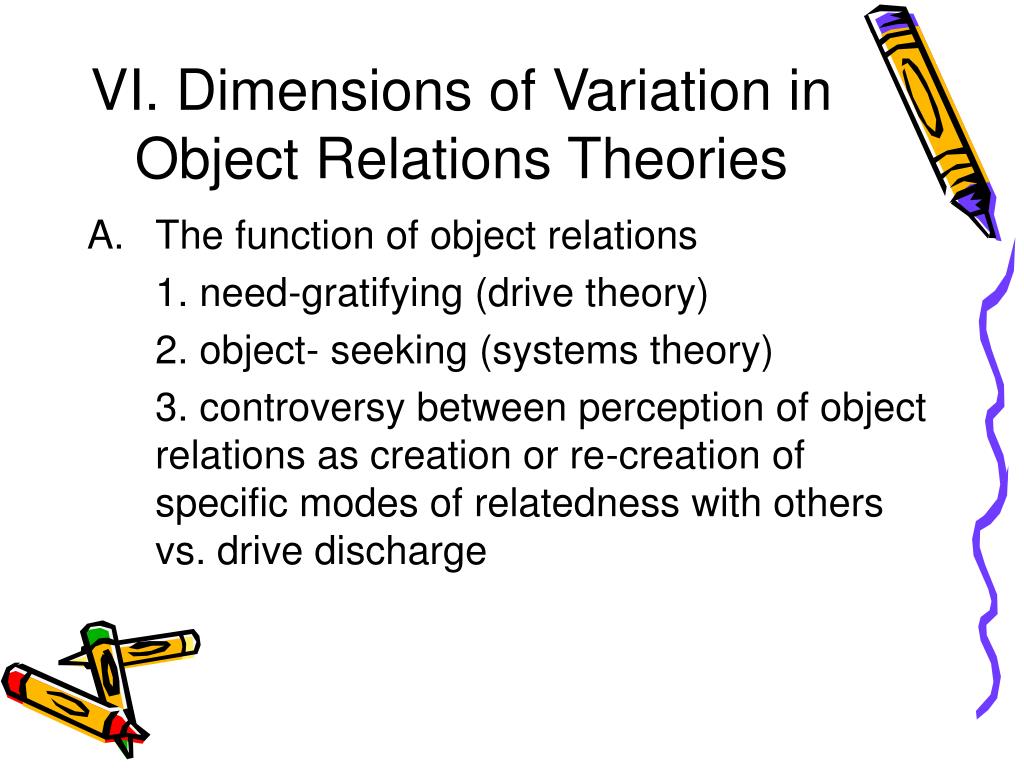 nine0011
nine0011
Normal symbiotic phase (from six weeks before the end of the first year life), characterized by the establishment specific affective attachment child and mother. The child perceives the mother object and oneself as two-in-one creature. Symbiotic relationship manifest themselves primarily as a specific smile reaction, which indicates about the beginning process of organization Ego and appearance the infant's capacity for inner regulation. Due to alternation frustration and satisfaction babe begins to realize "something outside", outside symbiotic dual unity, and develop a stable image of the mother. Conscious or unconscious mother's behavior towards to the baby create the basis for the formation his image I - Primary bodily and mental impressions of oneself, opposite impressions of other persons and objects.
Perceive mother as a separate being a child begins at the end of the first year of life.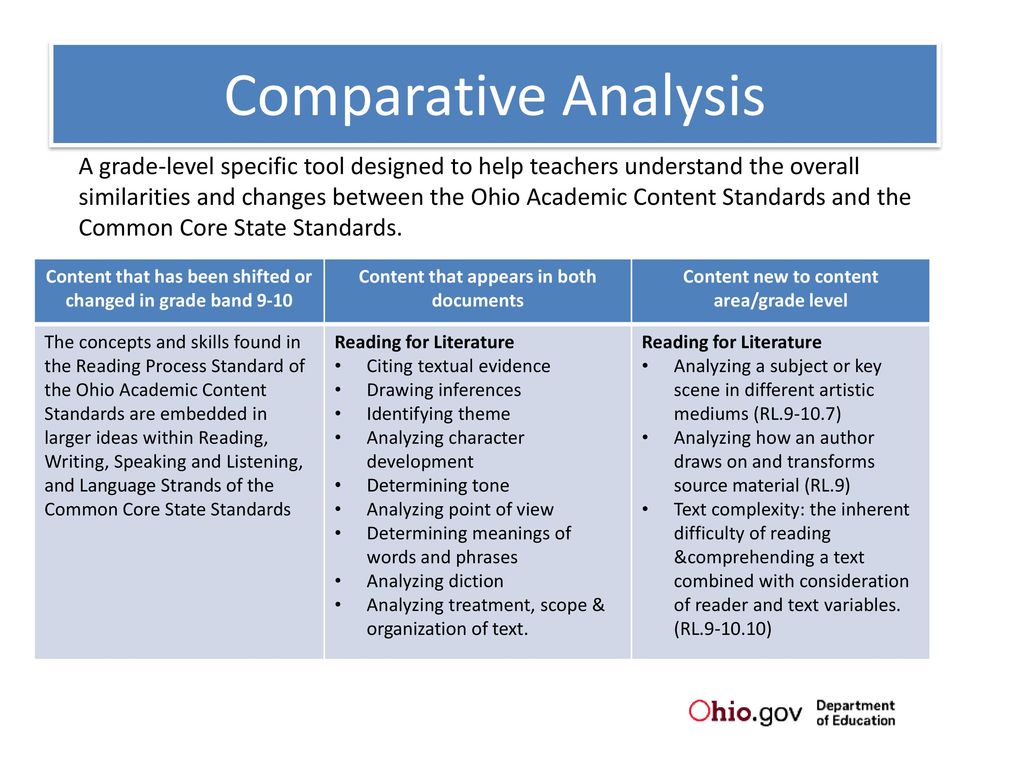 At the beginning of her the absence causes a feeling of discomfort, accompanied by fear, and the presence strangers scares the child. These phenomena mark important stages ego development. start to appear objects, memories are separated from current perception, develop precursors of protection against pain stimulation. In its primitive functioning of the ego follows the pattern bodily functions: the psyche introjects (that is, absorbs, as when feeding) everything that pleases and satisfies needs, and seeks to avoid or protect yourself from the realization that is harmful and unpleasant. nine0011
At the beginning of her the absence causes a feeling of discomfort, accompanied by fear, and the presence strangers scares the child. These phenomena mark important stages ego development. start to appear objects, memories are separated from current perception, develop precursors of protection against pain stimulation. In its primitive functioning of the ego follows the pattern bodily functions: the psyche introjects (that is, absorbs, as when feeding) everything that pleases and satisfies needs, and seeks to avoid or protect yourself from the realization that is harmful and unpleasant. nine0011
On at this stage, the differentiation of self-representation and the object of representation arises in connection with needs: at first they are not are stable and differentiation disappears as it becomes saturated and sleep. When a child wakes up hungry and cries, former forms of representation Me and the object become clear again and separate .
The onset of the phase separation-individuation at the peak of symbiosis in five to six months of age and ends around the age of 24 months.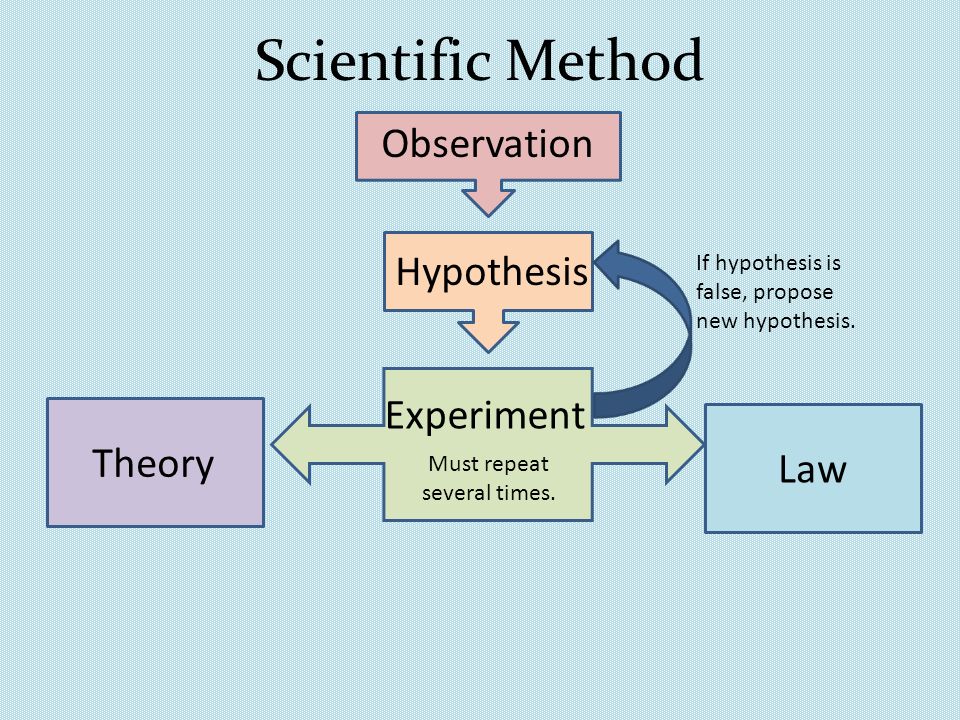 Separation reflects the process of exit from the symbiotic unity with the mother and, along with the formation ideas about the mother outside the self, includes establishment of object relations. Individuation implies processes discrimination and limitation by the child own properties and features and creation of an intrapsychic image of the I in as a series of sequential representations. nine0011
Separation reflects the process of exit from the symbiotic unity with the mother and, along with the formation ideas about the mother outside the self, includes establishment of object relations. Individuation implies processes discrimination and limitation by the child own properties and features and creation of an intrapsychic image of the I in as a series of sequential representations. nine0011
On the peak of overcoming the crisis separation-individuation, approximately second year of life, there is development sexual identity , which is the starting point heterosexuality. Predecessors gender identities are bodily Ego, early body image and dyadic feeling “I am not me”. Of these, as a result extensions, detailing and integration the child's gender identity develops into a male or female self-representation. It usually includes the base internalization of sex differences, gender identification and complementary identification with the opposite sex, as well as awareness reciprocal reproductive functions men and women.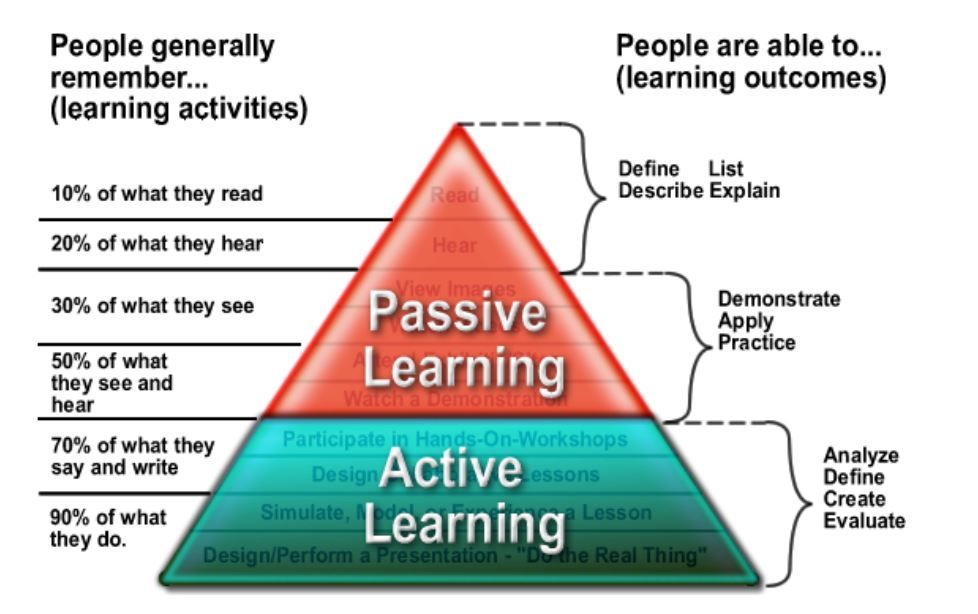 nine0011
nine0011
M. Mahler highlights in the process separation-individuation four sub-phases:
1. Differentiation (from fifth to sixth to tenth month of life), different growing awareness of interest child in the events of the outside world and "hatching" from the symbiotic unity.
2. Exercise (between tenth and fifteenth months of life), characterized testing and evaluation of emerging motor and cognitive skills, development which leads to further physical and psychological separation. However, on At this stage of development, the child cannot yet do without outside support mother, whose presence is necessary for emotional nourishment, especially in a state of weakness or fatigue. nine0011
3. Recovery (between the sixteenth and twenty-fourth months of life) reflects the process and/or resolution period intrapsychic crisis associated with conflicting desires to stay together with mother, on the one hand, and be self-aware, self-aware as an independent individual another. The intensity of ambivalence gradually decreases, and the child develops more realistic self-image and increasing autonomy. In this subphase difficulties between mother and child are reflected in conflicts anal and early oedipal phases psychosexual development. nine0011
The intensity of ambivalence gradually decreases, and the child develops more realistic self-image and increasing autonomy. In this subphase difficulties between mother and child are reflected in conflicts anal and early oedipal phases psychosexual development. nine0011
four. On the way to object constancy (between twenty-fourth and thirtieth months life) - the period when the child begins be interested in quality and function mental representative of the mother. M. Mahler notes: “Speaking of constancy object, we mean that the image of the mother becomes intrapsychically available baby just like libidinal a real mother is available for support, comfort and love. Arising in consciousness mother's representation gets a positive cathexis (direction of libido energy) even when the child is angry mother or separated from her for some time. nine0011
Since neither memories, nor psychic representatives cannot completely replace the real love object, period "on the way to object constancy" represents is boundless, lasting for whole life process that never may be completed. Same object constancy and mutual satisfactory object relations have a significant impact on ego development and vice versa.
Same object constancy and mutual satisfactory object relations have a significant impact on ego development and vice versa.
Further phase development of object relations, nine0027 phallic-oedipal , occurs between the ages of two and five and a half years. bring to Front the Oedipus complex appears - ordered combination of love and hostility desires of the child, aimed at parents. During this period, the child seeks to sexual union (various presented depending on its cognitive abilities) with a parent of the opposite sex and wishes for death or the disappearance of a parent of the same sex. Along with these positive oedipal aspirations, there is a so-called nine0027 negative oedipus complex , that is, the child also desires sexual unity with a parent of the same sex and, in connection with this, shows rivalry with a parent of the opposite sex. AT typical case positive oedipus complex prevails over the negative formation of heterosexual orientation and identity well adjusted adult. However, on unconscious level attachment girls to mother, as well as desire boy surrender to his father's mercy hope of passive acquisition masculinity, endless love and protection, continue to provide profound impact on mental life and subsequent object selection. nine0011
However, on unconscious level attachment girls to mother, as well as desire boy surrender to his father's mercy hope of passive acquisition masculinity, endless love and protection, continue to provide profound impact on mental life and subsequent object selection. nine0011
On phallic-oedipal phase an important milestone towards the development of sexual orientation is becoming sexual identity . The growing pressure of attraction, aimed at incestuous objects, rearrangement of dyadic object ties into triadic, increased fear castration and appropriate structuring psyches make this period critical for the development of sexual orientation. Boys who develop heterosexual Identity, identify with the father and repress incestuous desires for mothers without erotic replacement interest in women identification. Heterosexual girls continue identify with mother endure their phallic libidinal interest in the mother towards more acceptable genital orientation, then is on the father or those who replace him.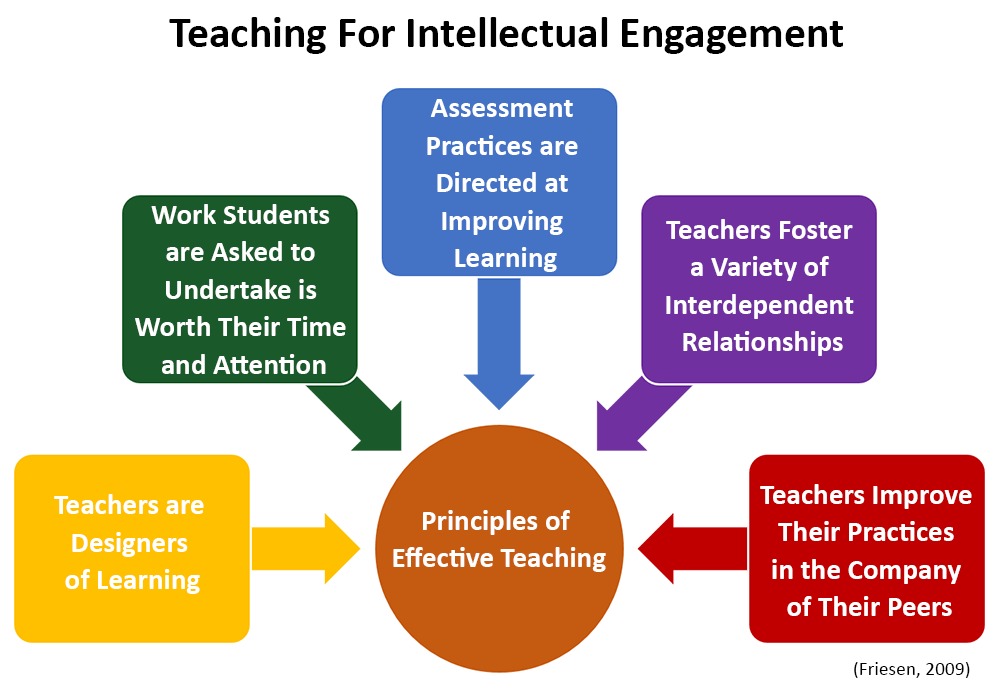 Also the development of sexual identity in the oedipal phase is characterized the formation of concepts of masculinity and femininity (different from basic sense of belonging to male or female) and personal eroticism, which is expressed in sexual fantasies and object choice. nine0011
Also the development of sexual identity in the oedipal phase is characterized the formation of concepts of masculinity and femininity (different from basic sense of belonging to male or female) and personal eroticism, which is expressed in sexual fantasies and object choice. nine0011
AT this period is formed by the super-ego - mental system responsible for moral consciousness, self-observation and the formation of ideals. super ego is an internalization parental attitudes and values in conscience to control sexual and aggressive drives oedipal phase that initiates affect guilt and punishment for wrongdoing. As a result idealizations in the super-ego structure the ego-ideal is formed. Two main the initial parts of the ego-ideal are ideal concepts of self and idealized qualities of objects of love. Generally, The ego-ideal correlates with the values aspirations and aspirations of parents. Failure to meet these standards usually leads to feelings shame. nine0011
On this stage of development, due to resolution of the oedipal conflict and education discrete, organized super-ego, a stable organization is formed nature individual - a set of patterns thinking, feeling and acting consolidated in the form of compromise formations reflecting the ways resolution of intrapsychic struggle between instinctive impulses on the same parties, and various deterrence forces, changing and satisfying these desires - with another. Influenced by feelings phallic-oedipal phase early features of the development of the psyche are transformed, and therefore in mature do not show age. nine0011
Influenced by feelings phallic-oedipal phase early features of the development of the psyche are transformed, and therefore in mature do not show age. nine0011
By completion of the formation of the oedipus complex, at the beginning of the sixth year of life, advancing latent period that lasts until adolescence. At this phase decreased sexual pressure activity, desexualization occurs object relations and feelings (noted predominance of tenderness over sexual desires), there are such feelings, like shame and disgust arise moral and aesthetic aspirations . The child directs all attention to the outside world, developing mental, cognitive and social skills of contacts with many perceived objects. nine0011
FROM achievement teenage age the individual has the opportunity sexual satisfaction through external object. Now he is forced confront your own fantasies and desires, part of which is derivatives of partial drives, previously not accepted on a conscious level. After the sexy elements organized with the primacy of the genitals, vestiges of infantile sexuality find a normal expression in the form preliminary erotic play (gazes, touches, kisses, etc.). The maturation of the sexual organization is usually combined with taming aggressive attraction, an increase control over instinctive manifestations and the fusion of love tenderness and sexual desires in a single object relation. Some individuals, however, do not achieve adult genital organization due to constitutional features, developmental problems or intrapsychic conflict. Them sexual activity reminds that of infantile sexuality in terms of conditions or method discharge required to achieve satisfaction, or conditional nature of object relations (for example, attachment to partial objects). nine0011
After the sexy elements organized with the primacy of the genitals, vestiges of infantile sexuality find a normal expression in the form preliminary erotic play (gazes, touches, kisses, etc.). The maturation of the sexual organization is usually combined with taming aggressive attraction, an increase control over instinctive manifestations and the fusion of love tenderness and sexual desires in a single object relation. Some individuals, however, do not achieve adult genital organization due to constitutional features, developmental problems or intrapsychic conflict. Them sexual activity reminds that of infantile sexuality in terms of conditions or method discharge required to achieve satisfaction, or conditional nature of object relations (for example, attachment to partial objects). nine0011
AT adolescence ends the formation of such specific ego functions, as the ability to develop emotional, friendly relationship with other people, even in the presence of hostile feelings. This ability is closely related with the formation of positive mental images of these objects. One more ability is to save stable positive object relationships and their corresponding mental representations over time, despite isolated episodes of hostile interactions. In general, psychological changes in this phase development of internalized object relationships, help a person to gain unique sense of self identity. nine0011
One more ability is to save stable positive object relationships and their corresponding mental representations over time, despite isolated episodes of hostile interactions. In general, psychological changes in this phase development of internalized object relationships, help a person to gain unique sense of self identity. nine0011
Perfection specific functions of the ego continues and in mature aged , when the ability of an individual to love, work and adapt to the environment to the outside world reach their maximum. Mature object relations and mature love involves understanding that the object and the person himself are independent, and that his or her needs may sometimes conflict with needs the individual himself. They also assume acceptance, understanding and tolerance ambivalence towards the object, the ability to accept as dependency and independence ability to perceive and relate their changing needs and requirements with similar object requirements. nine0011
In this way, important role in the development of mental structures and functions of the individual plays internalization (introjection and identification) object or its properties.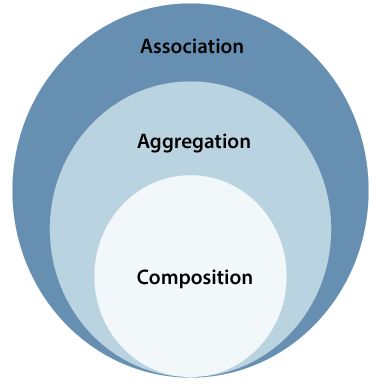 It is on the basis processes of introjection and identification ego, superego and ego-ideal develop, model for the formation of which are the child's parents. Main the conditions of the ability to establish stable adult object relations individual is the integration of love and hatred (libidinal and aggressive drives) in self- and object-representations, that is, the transformation of partial object relationships into holistic (finding object constancy). nine0011
It is on the basis processes of introjection and identification ego, superego and ego-ideal develop, model for the formation of which are the child's parents. Main the conditions of the ability to establish stable adult object relations individual is the integration of love and hatred (libidinal and aggressive drives) in self- and object-representations, that is, the transformation of partial object relationships into holistic (finding object constancy). nine0011
mature object love
AT Dictionary of Psychoanalytic Terms and concepts" under love understood "complex affective state and experience associated with primary libidinal cathexis of the object," and feeling of love is seen as affective state reproduction symbiotic unity: perhaps child experiences love for the first time form of attachment to mother and desire it during and after the differentiation of I- and representation-object. nine0011
O. Kernberg believes love relationship most important mature adult object relations personality.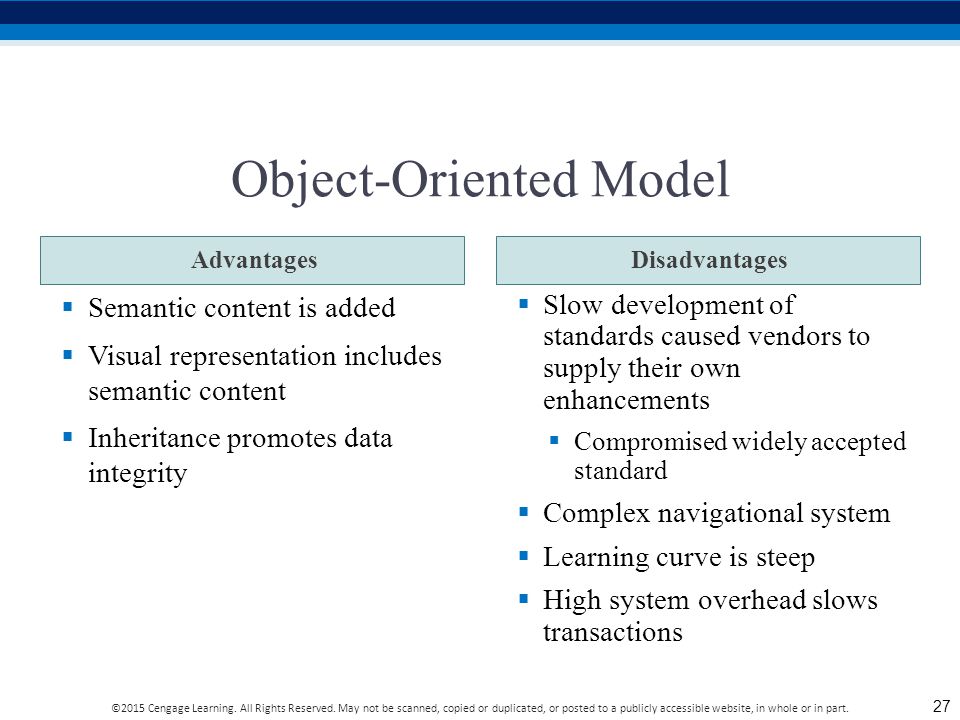 In his study of relationships love in norm and pathology, he points out, that on the ability to develop mature sexual love affect, on the one hand hand, is a regressive craving for merger with the object of love, the search for at least a fleeting restoration of the desired symbiotic unity; on the other hand, integration "absolutely good" and "absolutely bad" I- and object-reperceptions into one, holistic concepts of internalized object relations. nine0011
In his study of relationships love in norm and pathology, he points out, that on the ability to develop mature sexual love affect, on the one hand hand, is a regressive craving for merger with the object of love, the search for at least a fleeting restoration of the desired symbiotic unity; on the other hand, integration "absolutely good" and "absolutely bad" I- and object-reperceptions into one, holistic concepts of internalized object relations. nine0011
Object selection love conditioned by the unconscious determinants, arises on phallic-oedipal phase, as soon as instinctive drives are directed to a separate object. In adulthood in a relationship of love there is a search lost oedipal object and desire fix oedipal trauma in a relationship with a new object, as well as lying behind this oedipal desire, the longing for a merger that repeats the aspiration to symbiotic fusion. Pursuit to the inaccessible and forbidden Oedipus object that gives energy to sexual development is a key component sexual passion and love relationships. In this regard, O. Kernberg emphasizes that "the oedipal constellation can be seen as a permanent feature human relations." nine0011
In this regard, O. Kernberg emphasizes that "the oedipal constellation can be seen as a permanent feature human relations." nine0011
Idealization, taking place in the context of integrated or integral object relations and appropriate ability to test feelings of guilt, worries, promotes integration of sexual arousal and erotic desire with an idealized a look at the object of love and integration erotic desire with tenderness. O. Kernberg believes that the feeling of tenderness is a "sublimation result reaction formation as a defense against aggression" and is expressed in the ability take care of the object of love. With time, early idealization of the beloved other's body and late idealization of a holistic personality another person develops into an idealization value systems (ethical, cultural and aesthetic) of the object of love, which means development that guarantees possibility of romantic love. It is romantic love that is the beginning of sexual love, in which there is a normal idealization sexual partner, experience going beyond the boundaries I'm in the context of sexual passion and liberation from the shackles of the environment sexual group.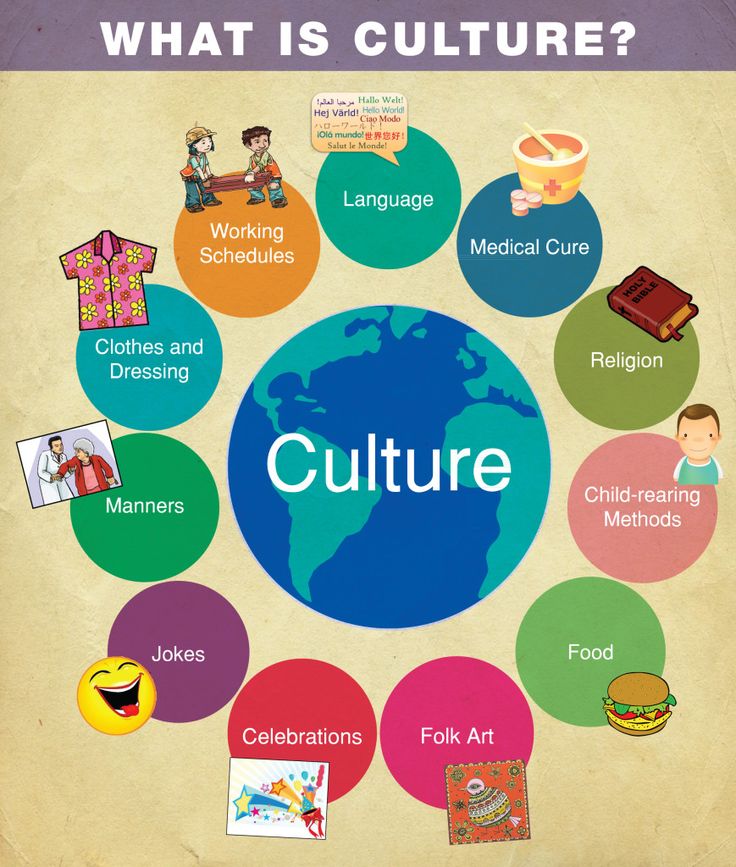 Ability falling in love lies in the ability combine idealization with erotic desire, which is the potential for development of deep object relations. The quality and development of love relationships depend on the nature of the correspondence of the pair and thus on the way of choosing partner. At the same time, the same features unconscious determinants that include the ability to mature love relationships, affect the process choice. nine0011
Ability falling in love lies in the ability combine idealization with erotic desire, which is the potential for development of deep object relations. The quality and development of love relationships depend on the nature of the correspondence of the pair and thus on the way of choosing partner. At the same time, the same features unconscious determinants that include the ability to mature love relationships, affect the process choice. nine0011
Together with sexual intimacy in a couple's relationship comes emotional intimacy that carries the inevitable ambivalence oedipal and preoedipal relationships. Dynamics development of emotional intimate relationship lies in the unconscious desire to correct dominant pathogens relations of the past and the temptation to reproduce them for the implementation of unrealized aggressive and vindictive needs in a relationship with a beloved object. O. Kernberg believes that with the help protective mechanism of the projective identification “each partner strives evoke in another the peculiarities of the past oedipal and/or preoedipal object, with with which they were in conflict.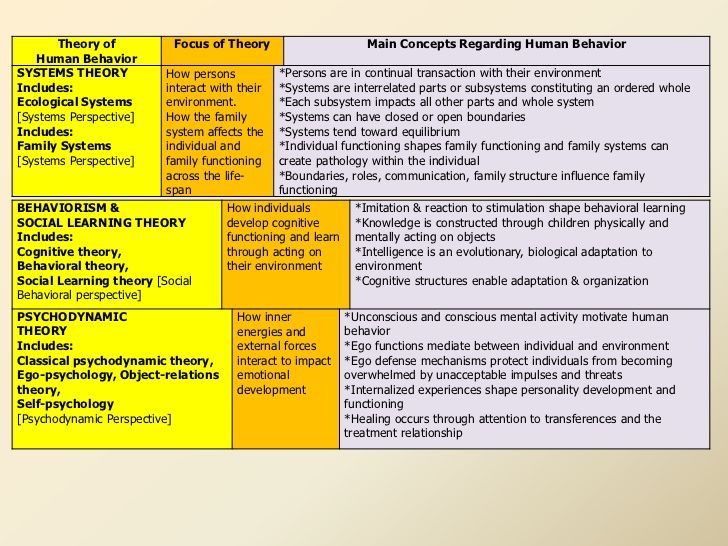 In other words, by mutual projective identification, the couple “acts out” their past unconscious experiences and fantasies in real relationships. nine0011
In other words, by mutual projective identification, the couple “acts out” their past unconscious experiences and fantasies in real relationships. nine0011
AT entities, mature sexual love is a complex emotional response including:
1) sexy excitement turning into erotic desire for another person;
2) tenderness, derived from the union of libidinal and aggressively loaded I-and object-representations, with a predominance love over aggression and tolerance to normal ambivalence, characterizing all human relationship;
3) identification with another, including and reciprocal (reciprocal) genital identification and deep empathy for gender identity partner nine0011
4) mature shape idealization with commitment to attitude towards a partner and relationships;
5) element of passion in all three aspects: sexual relationships, object relationships, and roles The super-ego of the couple.
In this way, choosing the object of love the most depends on socio-psychological experience of a person acquired in early childhood.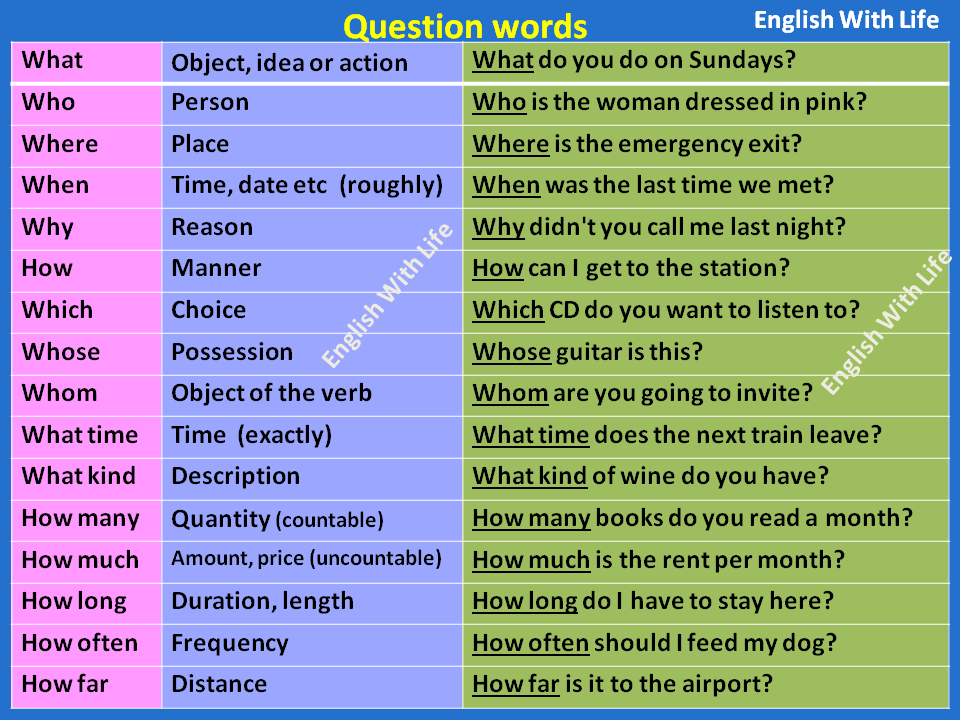 Unconscious basis love relationship is determined by the content and dynamics of the main stages of development internalized object relations, and the search for an oedipal object is natural inherent in all love relationships. Adult love includes both mature, and infantile unconscious traits and always suggests a trend to identification with a loved object and its idealization. Important elements love relationships are the ability find in each other a means of replenishment past losses or healing traumas, and also the establishment and consolidation of feelings unique mutual closeness. nine0011
Unconscious basis love relationship is determined by the content and dynamics of the main stages of development internalized object relations, and the search for an oedipal object is natural inherent in all love relationships. Adult love includes both mature, and infantile unconscious traits and always suggests a trend to identification with a loved object and its idealization. Important elements love relationships are the ability find in each other a means of replenishment past losses or healing traumas, and also the establishment and consolidation of feelings unique mutual closeness. nine0011
Theory of object relations and the study of marriage
Year of publication and journal number:
2007, No. 1
| Comment: Translated by: Dicks H.V. (1963). Object relations theory and marital studies. // J. Med. Psychol., 36, 125-129. Translation: Shutkov A.E. |
INTRODUCTION
In this article I would like to express my gratitude to Dr.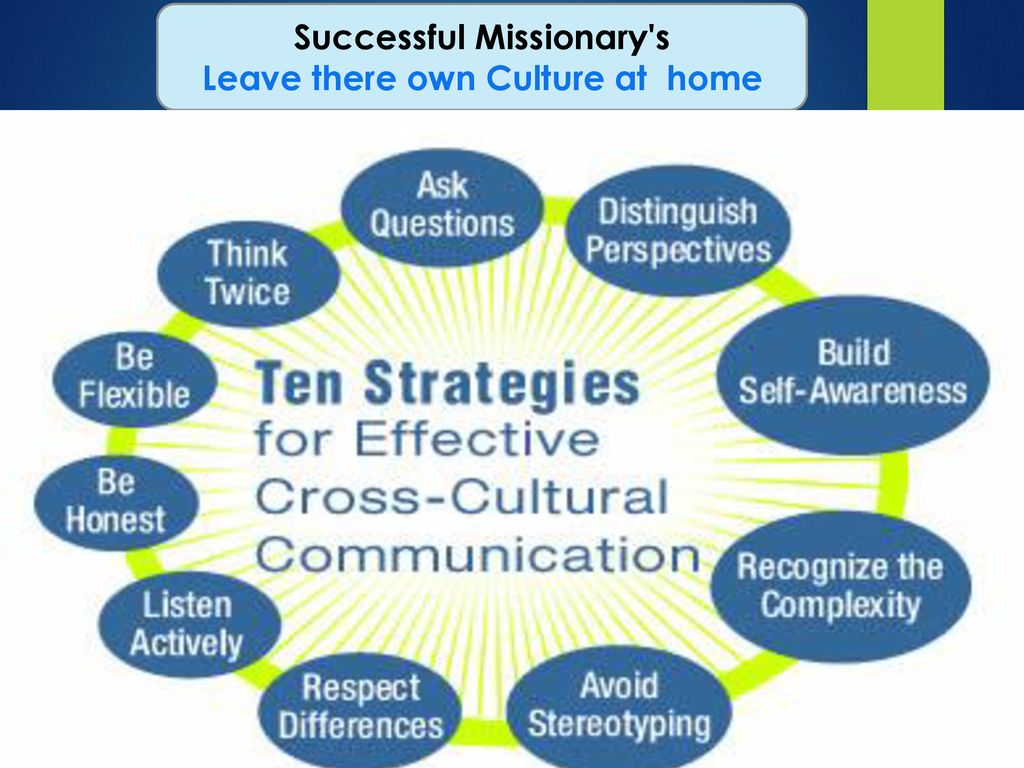 Fairbairn for his ideas in the field of psychotherapy, the importance of which I could only feel when I tried to connect them with the hypotheses of Melanie Klein and use them in building my conceptual system. This model has found wide application in clarifying the interaction between two people who constitute a marital unit. I think it would be polite enough for Dr. Fairbairn to call it "the influence of his theory on the way of thinking of another." Let me describe the path I have taken using this theory to understand tension in married (and less often unmarried) couples. The path I have traveled has become part of the development of the family service at the Tavistock Clinic. nine0011
Fairbairn for his ideas in the field of psychotherapy, the importance of which I could only feel when I tried to connect them with the hypotheses of Melanie Klein and use them in building my conceptual system. This model has found wide application in clarifying the interaction between two people who constitute a marital unit. I think it would be polite enough for Dr. Fairbairn to call it "the influence of his theory on the way of thinking of another." Let me describe the path I have taken using this theory to understand tension in married (and less often unmarried) couples. The path I have traveled has become part of the development of the family service at the Tavistock Clinic. nine0011
I began my study of marriage by investigating the relation of culture and personality to national character (Dicks, 1950; 1952). The local branch of the Family Welfare Association, which covers many intermarriages, approached me with a request to review cases of early marital conflict, which was consistent with my original "anthropological" bias. For example, I met the son of a leftist Scottish miner (with his (son) lifestyle and ideas about the marital role), who, after military service, brought home the daughter of an orthodox Greek peasant from Cyprus from 0194 its concepts of justice and strict traditional role-playing ideas about how spouses should perform their functions. Their inability to communicate and reach agreement on the level of unspoken expectations can be explained by the clash of cultures; and it is not necessary to assume in any of them neurotic personality traits. But, as more recent research has shown, similar unjustified role expectations disrupt relationships between spouses of the same cultural and class background - even if both come from Bethnal Green! Thus, exactly family culture partners is responsible for structuring unspoken role expectations regarding themselves and their partner. It can be said that a person faced with clinical manifestations of marital failure had rigid "built-in" role models of behavior of spouses, which in marriage were unconsciously tested by reality and turned out to be insufficient in everyday close relationships.
For example, I met the son of a leftist Scottish miner (with his (son) lifestyle and ideas about the marital role), who, after military service, brought home the daughter of an orthodox Greek peasant from Cyprus from 0194 its concepts of justice and strict traditional role-playing ideas about how spouses should perform their functions. Their inability to communicate and reach agreement on the level of unspoken expectations can be explained by the clash of cultures; and it is not necessary to assume in any of them neurotic personality traits. But, as more recent research has shown, similar unjustified role expectations disrupt relationships between spouses of the same cultural and class background - even if both come from Bethnal Green! Thus, exactly family culture partners is responsible for structuring unspoken role expectations regarding themselves and their partner. It can be said that a person faced with clinical manifestations of marital failure had rigid "built-in" role models of behavior of spouses, which in marriage were unconsciously tested by reality and turned out to be insufficient in everyday close relationships.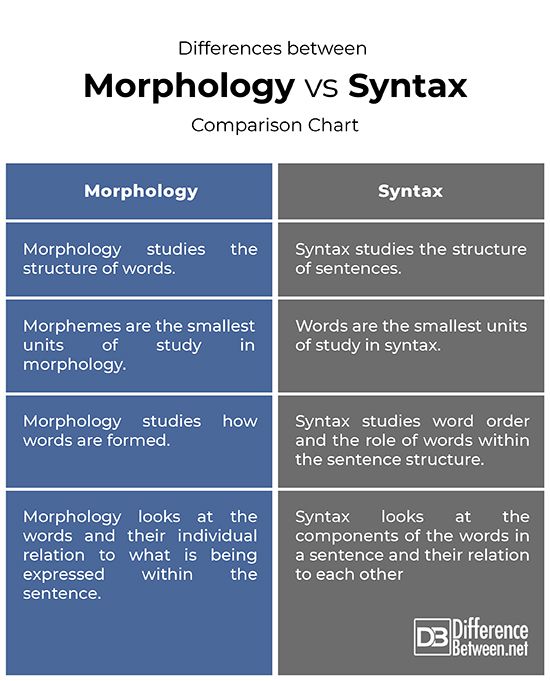
The systematic collection and disclosure of patient histories during therapy has led us to hypothesize that "built-in" role models are based on ambivalent relationships with early love objects who do not have to be opposite sexes. Most often, these are the parents of a person. To this hypothesis was soon added the additional consideration that the likeness may be incomplete and even replaced by an object externally opposed to the past object of love, as if a counter-cathexis were at work. For example, one man naively claimed that he married his wife precisely because she did not resemble his mother and all previous possessive girlfriends. The third concept that the data led us to allowed us to better understand the behavior of of some spouses, interpreted as the persecution of character traits, shortcomings or failures of the partner, rejected in oneself; or, conversely, love or a search in a partner (often in the form of vain fantasies) for missing parts of the self (Dicks, 1953).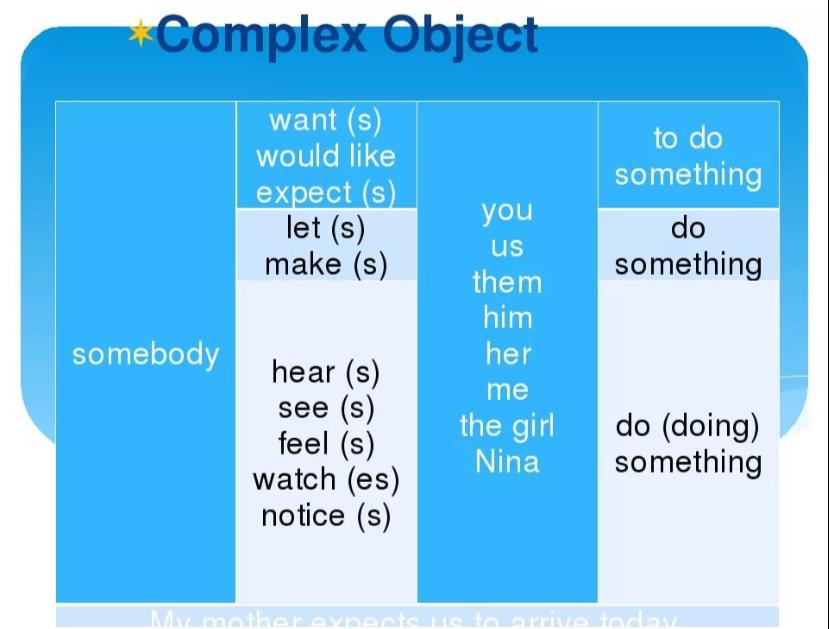
In these three situations, a common factor was the perception of the spouse on an emotional level, as if he was not who he is, but some other person, or part of personality. This often coincides with the fact that the subject adjusts his own behavior to the role he takes on, - as if in a relationship with his partner he was either his own parent or a small child, but not the adult that he appears to friends or at work. In other words, in a state of marital tension, both parties have some kind of long-standing attributions or projections, while each of the spouses is perceived to some extent as an internal object. In a short time, a young wife can accept the cathexis of, say, a persecuting mother, and at the same time (to use pre-Fairbairn terminology) be perceived as part of the subject's own rigid Superego. In a situation sometimes so acute that one can speak of it as "folie a deux" (madness for two), the most remarkable thing is that we were not dealing with sick or incapacitated people, but with people who were sufficiently educated, successful in life and socially highly mobile.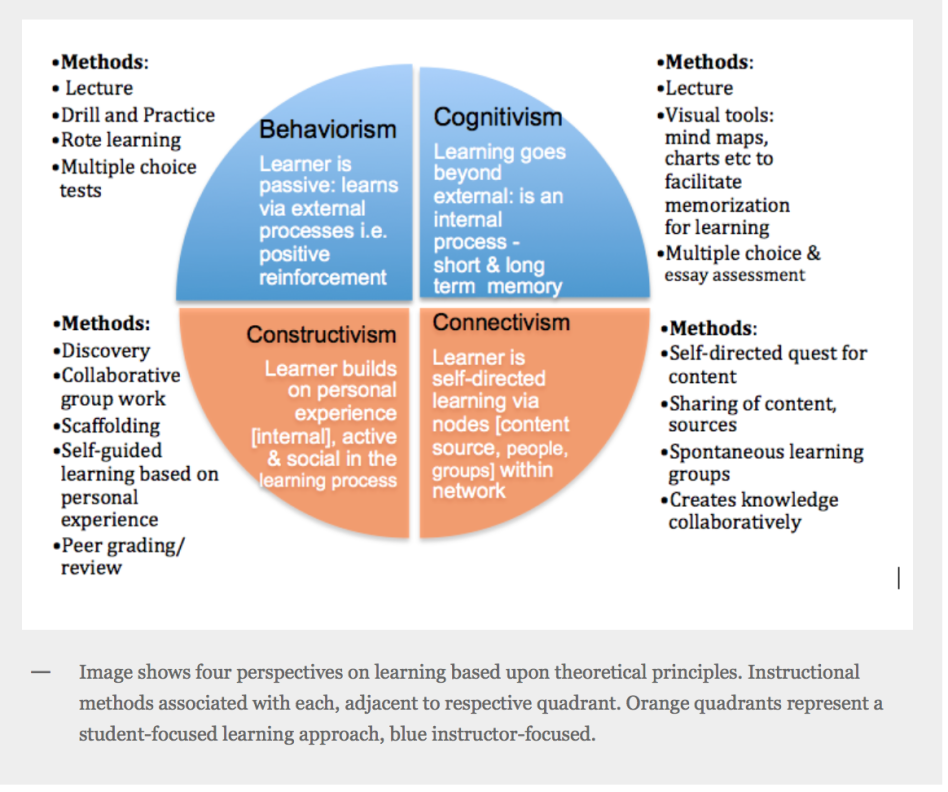 Friends and relatives of some couples considered them "perfect". Only in close symbiosis did the latent working out of the old object relations take place. A split of this kind is described, for example, as follows: "When friends come, we are one. When the door closes behind them, she begins to work on me." It is clear that in this case there is a superficial level at which the spouses have common goals; and there's a deeper level where they're in some kind of longstanding feud, using each other as a "projection-object". nine0011
Friends and relatives of some couples considered them "perfect". Only in close symbiosis did the latent working out of the old object relations take place. A split of this kind is described, for example, as follows: "When friends come, we are one. When the door closes behind them, she begins to work on me." It is clear that in this case there is a superficial level at which the spouses have common goals; and there's a deeper level where they're in some kind of longstanding feud, using each other as a "projection-object". nine0011
SOME FEATURES OF MODERN MARRIAGE
Modern English marriage is rarely organized or sanctioned by the actual parents. More often it is concluded by the independent consent of the partners, sometimes against the wishes of the parents. This departure from traditional custom also means that marriage is no longer backed by conventional morality, which in the past provided support or served as a straitjacket. Geographically and sociologically, the married couple forms a new unit, often surrounded by strangers. Partners expect each other to be "all in all". This desire to create a new wholeness creates a great "load" on the relationship - in our small urban families that have become the norm, many "sub-identities" and aspects of personal needs must be met by spouses and their several children. nine0011
Partners expect each other to be "all in all". This desire to create a new wholeness creates a great "load" on the relationship - in our small urban families that have become the norm, many "sub-identities" and aspects of personal needs must be met by spouses and their several children. nine0011
The understanding and ability to deal with these requirements and role expectations will largely be the result of a learning process that we call personality development at the level of primary object relations in parental families, which in the aggregate are often themselves as "overloaded". In our evaluation of this process, Fairbairn's scheme proved to be more useful than the classical doctrine of the "stages of libidinal organization". After Sullivan's definition of psychiatry as "the science of interpersonal relationships," it became useless and almost meaningless to analyze the content of complex interactions between two adults in the atomistic, quasi-neurophysiological terms of impulse gratification that was characteristic of the original Freudian model.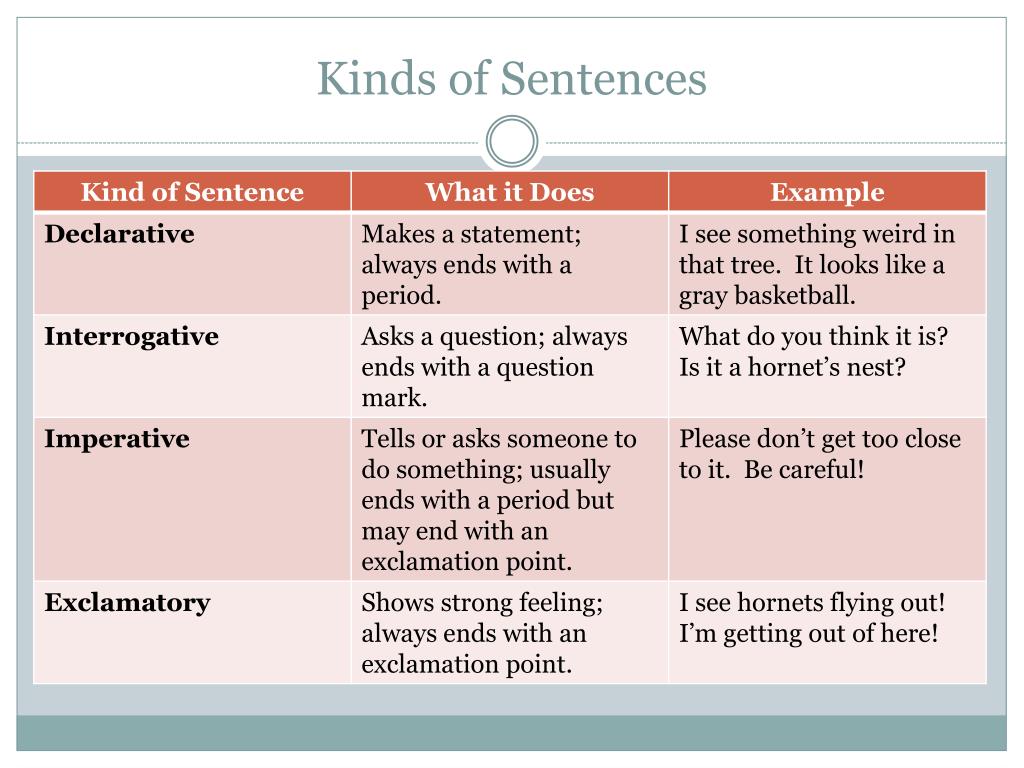 We have seen many couples in whom fully realized genital sexuality is then undermined or even terminated due to tension and conflict caused by conflicting religious or political value systems, or due to a different rejection of one people others. At the same time, sexual potency did not suffer with a new or "close in spirit" lover or mistress. Fairbairn's psychology of internal object relations is attractive in that it more fully embraces the behavior of "whole persons" who may also suffer from internal splits and conflicts. Fairbairn put the ego at the center, instead of seeing it as a mediating "organ" between the inner world and the environment. It is individuals who interact, and when their interaction is disrupted, their impulses (eg, sexual impulses) are disrupted too. nine0011
We have seen many couples in whom fully realized genital sexuality is then undermined or even terminated due to tension and conflict caused by conflicting religious or political value systems, or due to a different rejection of one people others. At the same time, sexual potency did not suffer with a new or "close in spirit" lover or mistress. Fairbairn's psychology of internal object relations is attractive in that it more fully embraces the behavior of "whole persons" who may also suffer from internal splits and conflicts. Fairbairn put the ego at the center, instead of seeing it as a mediating "organ" between the inner world and the environment. It is individuals who interact, and when their interaction is disrupted, their impulses (eg, sexual impulses) are disrupted too. nine0011
If I understand Fairbairn's point correctly, the development of the ego is facilitated by securely running through the sequence of positions of ambivalent relation to objects. It begins with immature and undifferentiated "good" and "bad" relationships, as Melanie Klein brought to our attention, and develops towards the integration of ambivalence, which can be carried out both in oneself and in others without splitting the opposite components. The healthy outcome of this conflict-laden process of interacting with objects will be a feeling of hope for love and secure satisfaction. With the prevalence of "good" reality testing results with early figures (self-mother, self-father, self-siblings, father-mother, sibling parents, etc.), not only a unified central ego arises, which can still to use for growth the energy of libido and self-assertion (libidinal and self-assertive powers), but also the reservoir of "potential relations" (relational potential) with those figures that are good internal objects of a person. By internalizing them, he learns to love like an adult, as he has experienced and identified with adult loving care and acceptance of himself and others. Moreover, he gains experience in handling anger patiently and skillfully in a non-destructive or loving manner. This potential is at the service of object relations, especially in marriage and parenting, beginning perhaps with the choice of a spouse. nine0011
The healthy outcome of this conflict-laden process of interacting with objects will be a feeling of hope for love and secure satisfaction. With the prevalence of "good" reality testing results with early figures (self-mother, self-father, self-siblings, father-mother, sibling parents, etc.), not only a unified central ego arises, which can still to use for growth the energy of libido and self-assertion (libidinal and self-assertive powers), but also the reservoir of "potential relations" (relational potential) with those figures that are good internal objects of a person. By internalizing them, he learns to love like an adult, as he has experienced and identified with adult loving care and acceptance of himself and others. Moreover, he gains experience in handling anger patiently and skillfully in a non-destructive or loving manner. This potential is at the service of object relations, especially in marriage and parenting, beginning perhaps with the choice of a spouse. nine0011
In a less favorable case - the type of patient marriage we are considering - there will be persistent needs-demands on primary figures perceived as so frustrating and filled with hatred that there has been a splitting off of relationship potential, as described by Fairbairn and Guntrip. Accordingly, both partners feel this hatred in themselves, directed to the object, and to themselves - in the external object. The ego's own identity defends itself by splitting off parts of the self, much as a lizard leaves its tail to a predator. These split-off parts continue to slumber as "sub-identities" until they awaken again in a new situation of intimacy. Modern marriage places perhaps the highest demands on ego strength and maturity. The central ego, even weakened by the loss (caused by the anti-libidinal persecutory ego) of a significant amount of its former libidinal capacity, can engage in "non-libidinal" activities. Therefore, there may be a discrepancy between success in worldly life and the ability to have close sexual and emotional relationships. It is not enough that parents and school prepare children for social and economic independence - although this is difficult. Perhaps it is this one-sided development that destroys the tender shoots of emotional development.
Accordingly, both partners feel this hatred in themselves, directed to the object, and to themselves - in the external object. The ego's own identity defends itself by splitting off parts of the self, much as a lizard leaves its tail to a predator. These split-off parts continue to slumber as "sub-identities" until they awaken again in a new situation of intimacy. Modern marriage places perhaps the highest demands on ego strength and maturity. The central ego, even weakened by the loss (caused by the anti-libidinal persecutory ego) of a significant amount of its former libidinal capacity, can engage in "non-libidinal" activities. Therefore, there may be a discrepancy between success in worldly life and the ability to have close sexual and emotional relationships. It is not enough that parents and school prepare children for social and economic independence - although this is difficult. Perhaps it is this one-sided development that destroys the tender shoots of emotional development. For the success of marriage, the main question is how to preserve and make available the personality of a needy, dependent, libidinal child - how to create space for regression. nine0011
For the success of marriage, the main question is how to preserve and make available the personality of a needy, dependent, libidinal child - how to create space for regression. nine0011
Marriage is a relationship sui generis (in your own right) . In the broadest sense, it is a contract between two people (with their central egos) to take on certain social roles in such a way that not only satisfies the needs of the other insofar as they can be understood , but also satisfies to varying degrees the requirements of the culture and the mores of the society of which they are a part. However, more importantly, at a deeper level, marriage involves transactions between latent sub-identities of spouses, which are formed in the course of the development described above. Clinical evidence suggests that, over time, the adult sociobiological goals of the couple's two central egos can be sabotaged by the relentless influence of hidden parts of their personalities.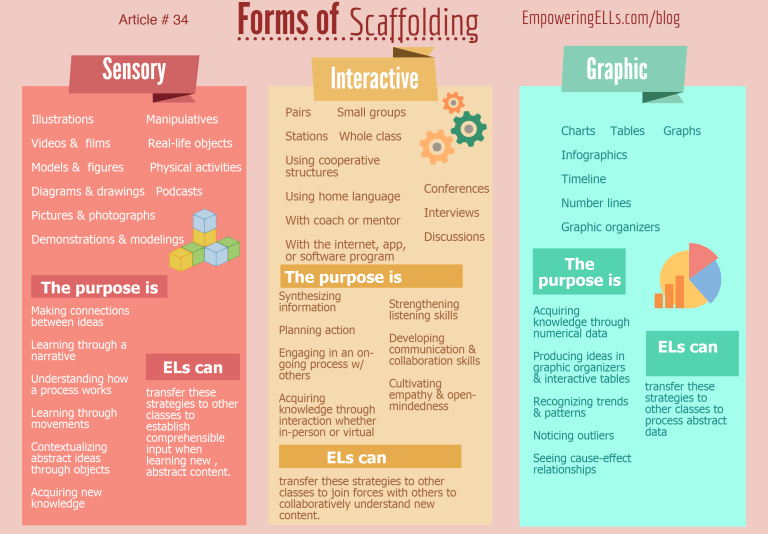 I use Fairbairn's (1952) dynamisms and his concepts of libidinal ego and anti-libidinal ego to denote what is going on, to which I have added another subdivision, the regressive "oral" ego. nine0011
I use Fairbairn's (1952) dynamisms and his concepts of libidinal ego and anti-libidinal ego to denote what is going on, to which I have added another subdivision, the regressive "oral" ego. nine0011
EGO SPLITTING AND TENSIONS IN MARRIAGE
In the clinic of this or that syndrome of marital disharmony, we can observe that one or both spouses are unable to confirm the real identity or identity of the other. Instead, the partner demands that the other adapt to the internal role model and punishes him if he does not live up to expectations. It can be shown that most marital conflicts stem from the desire to limit or fit the partner to these internal models in very rigid and stereotyped ways. Such techniques of Pygmalion naturally evoke resistance and frustration of the needs of the ego of the other, even despite the deeper level they occupy in conspiracy . In fact, it is the discovery of such secret relationships existing at the unconscious level (which, following Spiegel, we have included in the broad concept of "transaction") that draws our attention to Fairbairn's concepts. Only the suggestion of a split ego explains the paradoxical persistence of cat-and-dog marriages despite repeated or even constant provocation of each other into apparently destructive or humiliating and persecutory role behavior. This mutual need to see each other as an outwardly bad object is such a strong bond that it can defy any therapeutic effort. In such a symbiosis, the contribution of the central ego in the form of rationalizations such as loyalty, the desire not to jeopardize the safety of children (who can become severely disturbed by living in such a house!), financial and material considerations can be very moderate. nine0011
Only the suggestion of a split ego explains the paradoxical persistence of cat-and-dog marriages despite repeated or even constant provocation of each other into apparently destructive or humiliating and persecutory role behavior. This mutual need to see each other as an outwardly bad object is such a strong bond that it can defy any therapeutic effort. In such a symbiosis, the contribution of the central ego in the form of rationalizations such as loyalty, the desire not to jeopardize the safety of children (who can become severely disturbed by living in such a house!), financial and material considerations can be very moderate. nine0011
I am talking about a hidden process of choosing a partner (i.e. a person with whom it is decided to marry, and not just flirt or have an affair), which is usually based on unconscious signals and hints by which partners recognize a more or less central Ego-synthonic personality and the "willingness" of the other to work through or repeat unresolved splits or conflicts in each other's personality, and at the same time, paradoxically, guarantee that with this person these conflicts will remain unprocessed .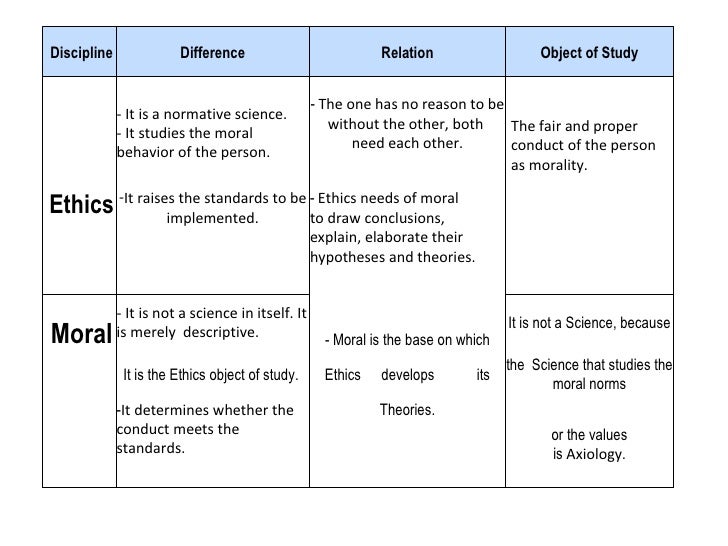 Thus, both partners hope for the integration of the lost parts, finding them in the other, and also hope that as a result of mutual protection or collusion about "joint resistance" this painful development can be circumvented. It is these rigid defenses that are designed to play an increasing role in creating distress and weakening partners' sense of identity and ego power. nine0011
Thus, both partners hope for the integration of the lost parts, finding them in the other, and also hope that as a result of mutual protection or collusion about "joint resistance" this painful development can be circumvented. It is these rigid defenses that are designed to play an increasing role in creating distress and weakening partners' sense of identity and ego power. nine0011
Consider the exemplary case of an unreliable but very attractive "masculine man" and his wife, a "little woman", whom he constantly humiliated and persecuted for her purely feminine emotionality. We are often able to advance our understanding by attributing such intolerance to the man's rigid defenses against his own libidinal ("little boy") ego using counter-identification with the anti-libidinal internal object that rejects addiction as a "girlish" feeling. He married because he had hopes of reconnecting with the lost potentiality he felt in his wife. Under the compulsion of the split within, he denied and pursued his libidinal ego in projective identification with his wife.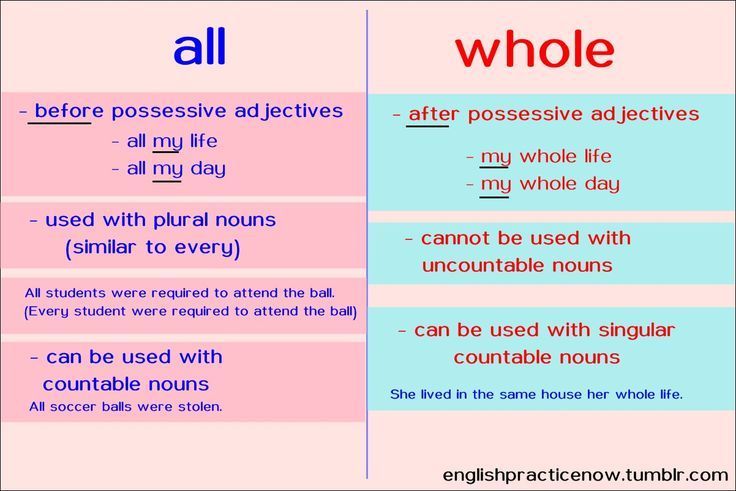 The complementary system of needs that a man's wife represents - finding satisfaction if she clings to him - is the central ego that maintains their identity and security by masochistically submitting to a tyrannical or degrading parental figure; it's better than no relationship at all. The wife "hoped" to find in marriage a safe continuation of this primal sado-masochistic relationship with the anti-libidinal ego, which, as we now see, partners share among themselves. One plays the role of a malicious, degrading anti-libidinal Ego; the other reacts to this as if he were unable to use any other qualities to counter this intimidating/beloved figure.
The complementary system of needs that a man's wife represents - finding satisfaction if she clings to him - is the central ego that maintains their identity and security by masochistically submitting to a tyrannical or degrading parental figure; it's better than no relationship at all. The wife "hoped" to find in marriage a safe continuation of this primal sado-masochistic relationship with the anti-libidinal ego, which, as we now see, partners share among themselves. One plays the role of a malicious, degrading anti-libidinal Ego; the other reacts to this as if he were unable to use any other qualities to counter this intimidating/beloved figure.
Even a simple example in our case is an integral part of what has been said above - a woman who, due to her desire to fuse together existing splits between anti-libidinal and libidinal objects, idealizes a man who promises to become Prince Charming, who will awaken her rejected female libidinal self, which she must also reject.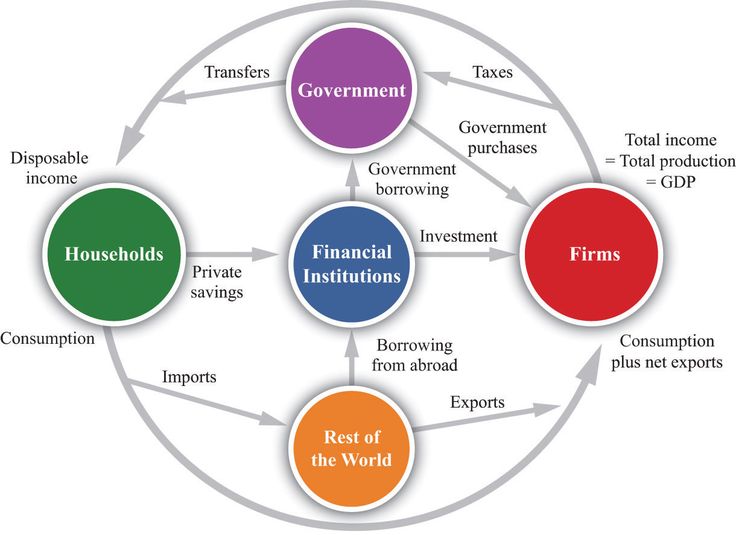 However, such a Valkyrie or Sleeping Beauty subjugates: a soft man with many feminine features in the course of married life is increasingly castrated and enslaved by her. In this case again, the secret mate choice and relationship building is such that one partner represents an anti-libidinal, tyrannical ego (most often based on a repulsive mother), and the other a "meek", gentle and loving libidinal ego, often going so far as to healthy cooperation between the wretched central egos of the spouses almost completely disappears. nine0011
However, such a Valkyrie or Sleeping Beauty subjugates: a soft man with many feminine features in the course of married life is increasingly castrated and enslaved by her. In this case again, the secret mate choice and relationship building is such that one partner represents an anti-libidinal, tyrannical ego (most often based on a repulsive mother), and the other a "meek", gentle and loving libidinal ego, often going so far as to healthy cooperation between the wretched central egos of the spouses almost completely disappears. nine0011
Such marriages persist because of a real need for development and integration. In this case, marriage, the dyad, represents a total (total) personality, in which each partner plays the role of one of the unrecognized conflicting "halves" opposed to each other, instead of complementary development towards individual completeness (completeness) and improvement, which is possible in a healthy marriage, by accepting the ambivalence of a "mixed" personality.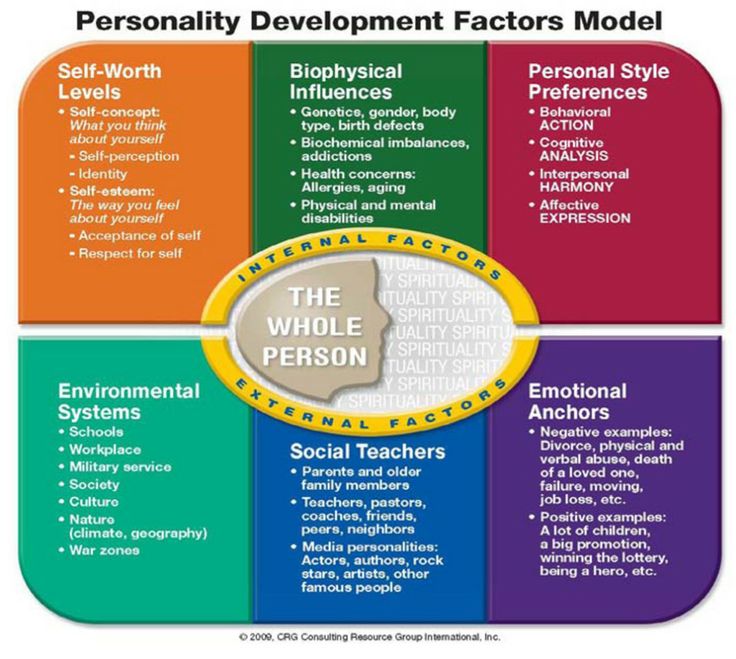 This is how the partners use each other, sometimes up to the inversion of the generally accepted male and female roles. At the same time, inside such a marriage there is a splitting into a correct, even "happy" social facade, which the members of the dyad (their central joint Ego) conspire to present to the world - on the one hand, and on the other - the conflict within and only within the personal space of marital relations. This is the best way for integration that a couple can achieve, taking into account the traumatic past experiences of the spouses. nine0011
This is how the partners use each other, sometimes up to the inversion of the generally accepted male and female roles. At the same time, inside such a marriage there is a splitting into a correct, even "happy" social facade, which the members of the dyad (their central joint Ego) conspire to present to the world - on the one hand, and on the other - the conflict within and only within the personal space of marital relations. This is the best way for integration that a couple can achieve, taking into account the traumatic past experiences of the spouses. nine0011
Marriage is the closest adult equivalent of the primary parent-child relationship. Thus, if he is successful, then he must revolve around the freedom to regress. The condition for growth is the free introduction into adult relationships of deep elements of infantile object relations. To be able to regress to a mutual, child-like dependency, with flexible role reversal, without censorship or loss of dignity, under the protection of the knowledge that the partner accepts everything, since he himself projectively identifies or tolerates as a good parent this "little needy ego" when it peeps out, this is the hope that people strive for who are looking for a person who will love with unconditional love, indulgently and strongly, who will help to connect all partial object relations into a meaningful whole, which will give strength.

